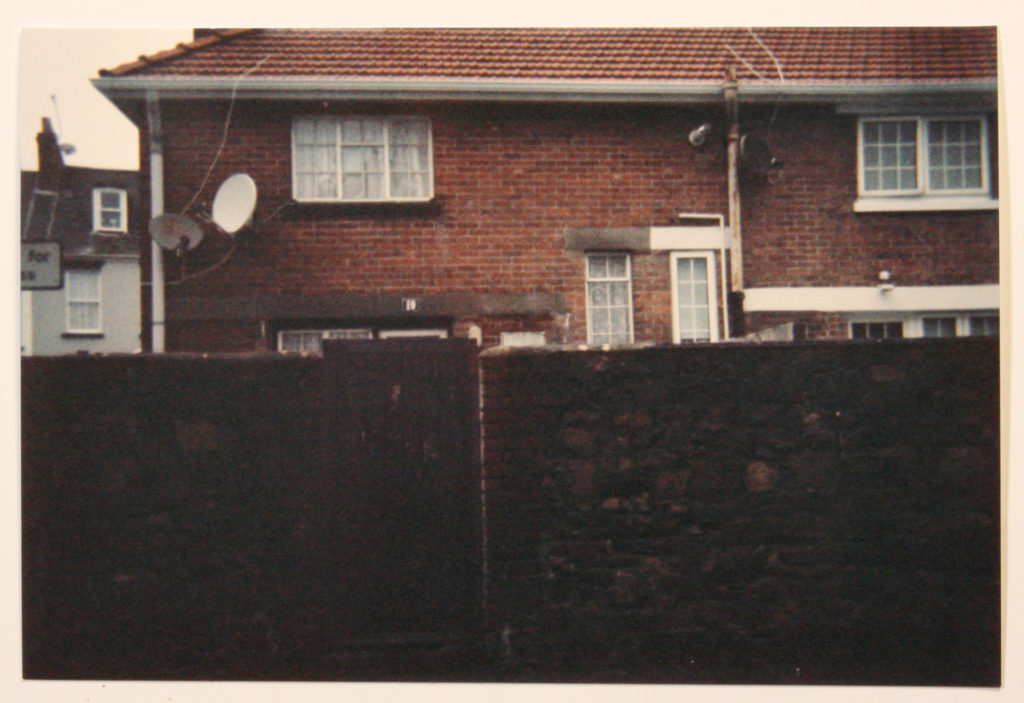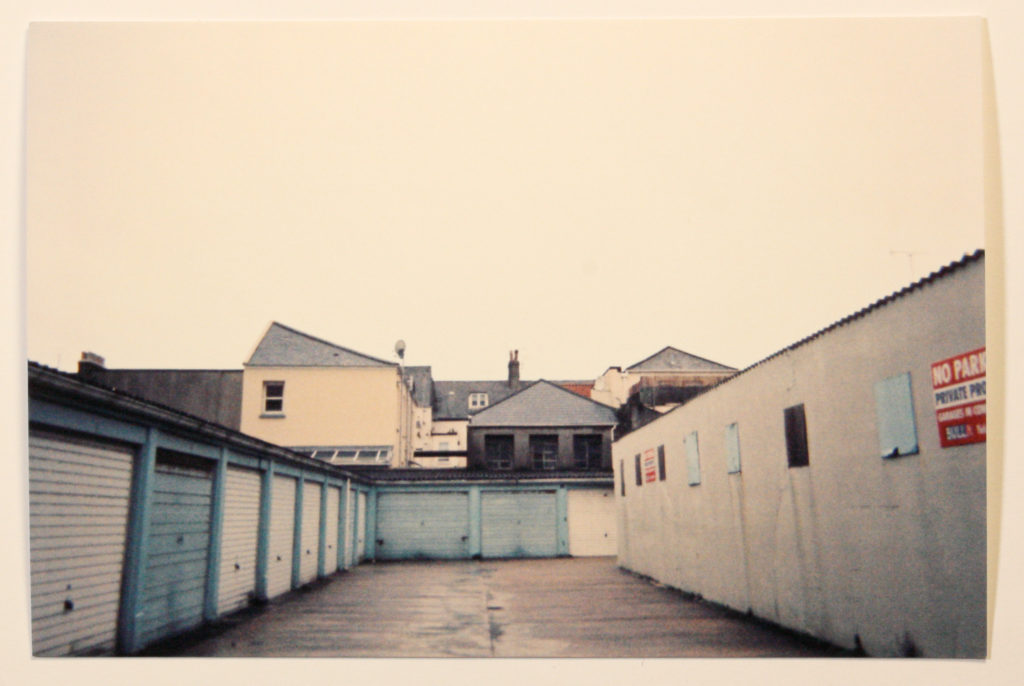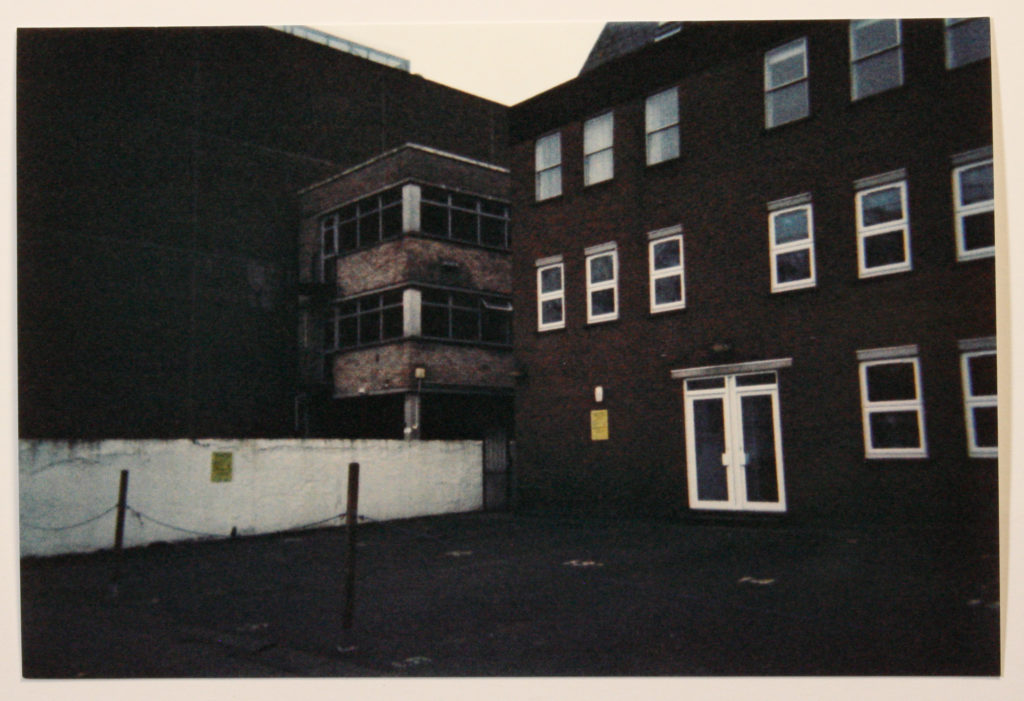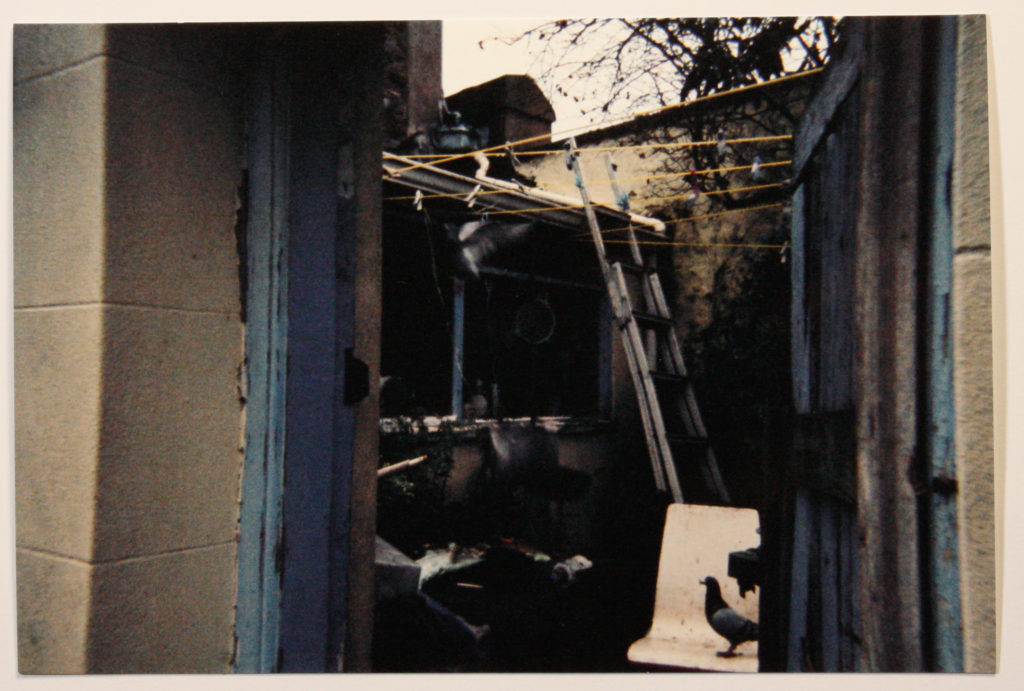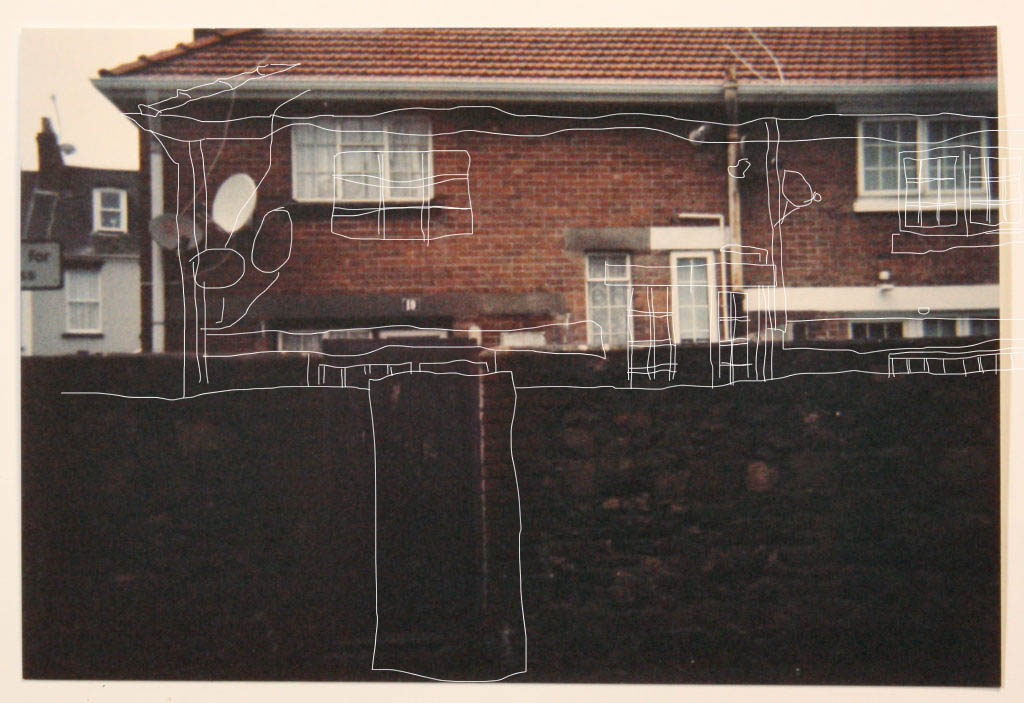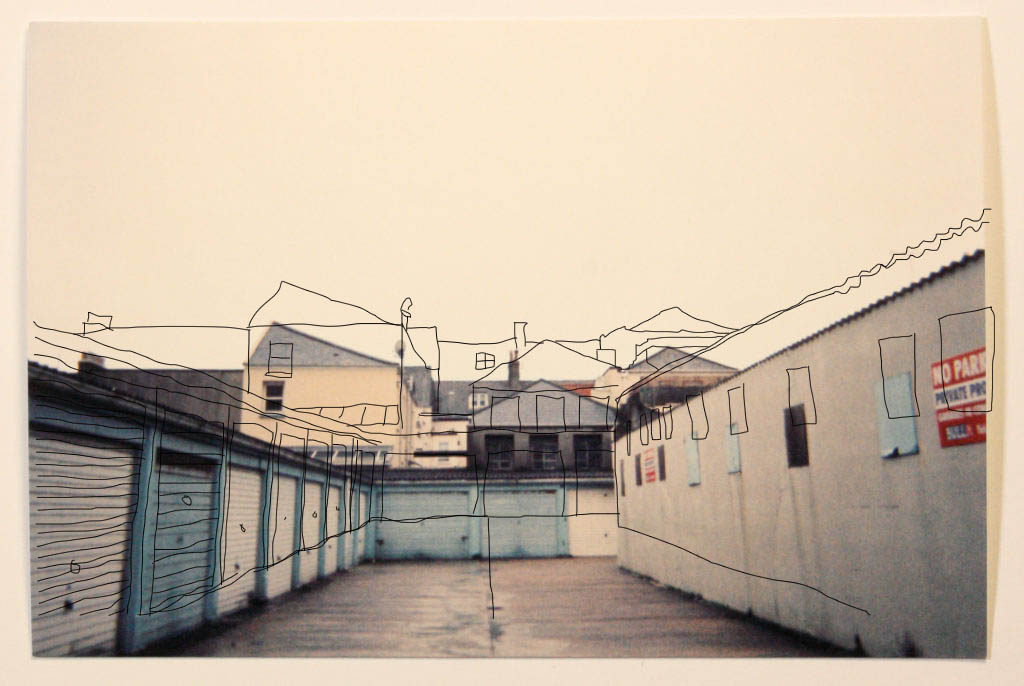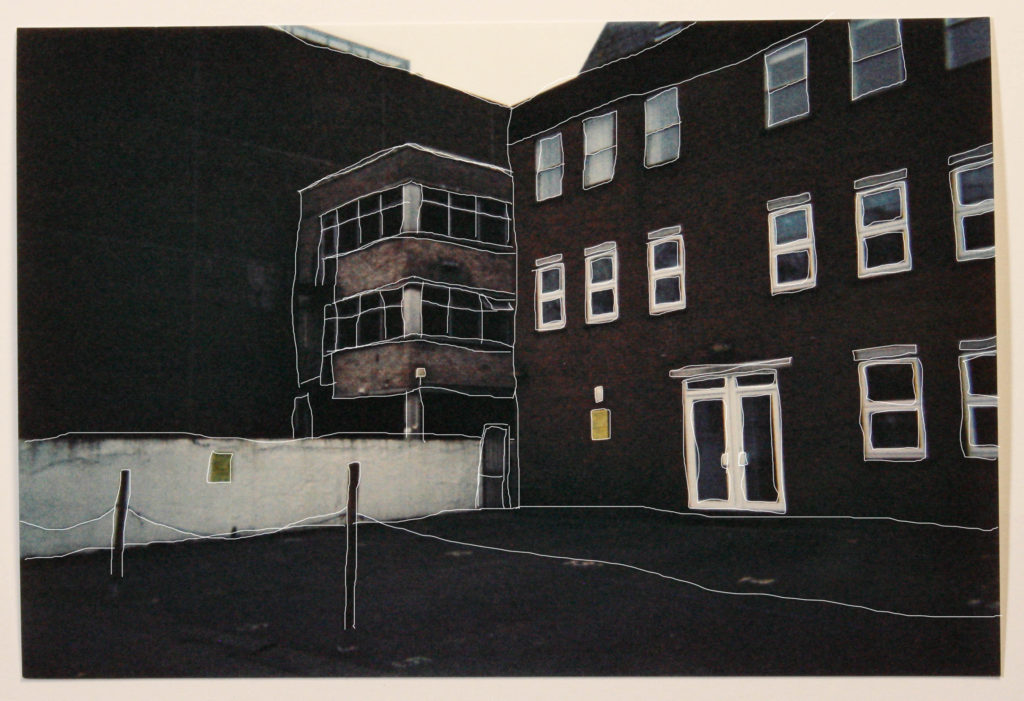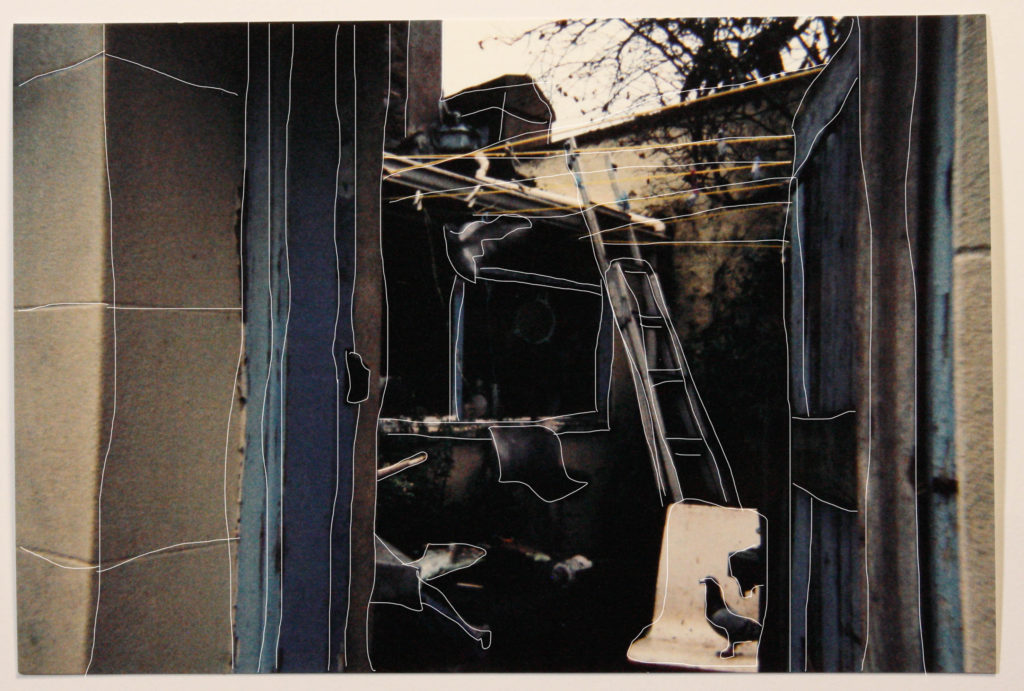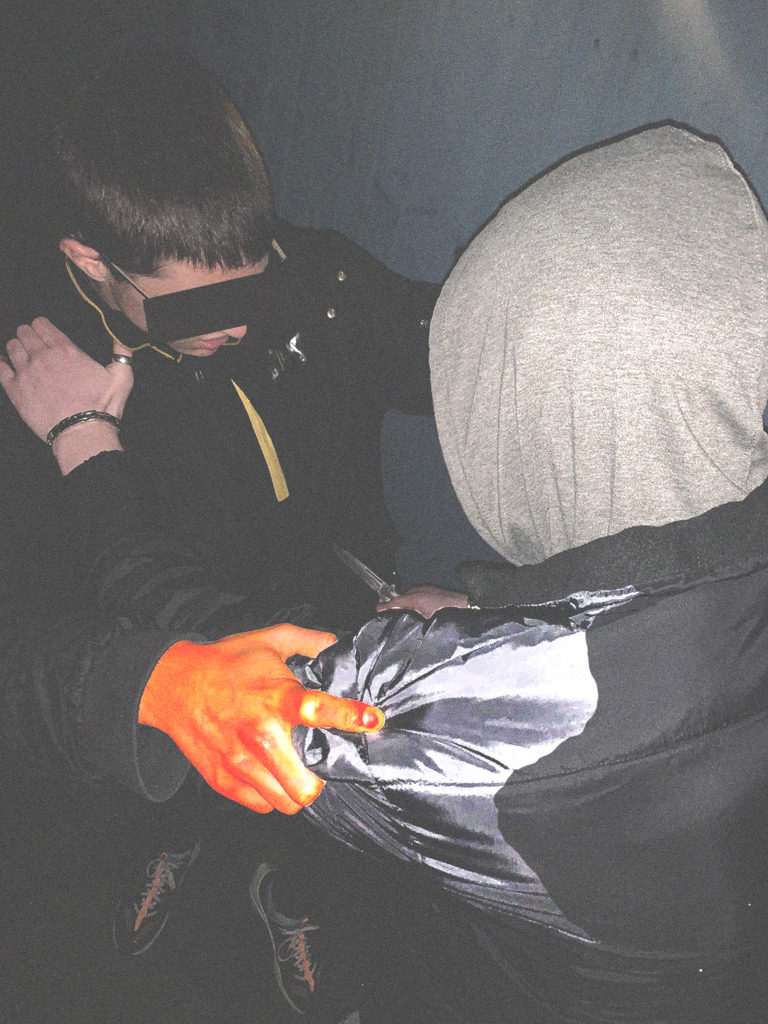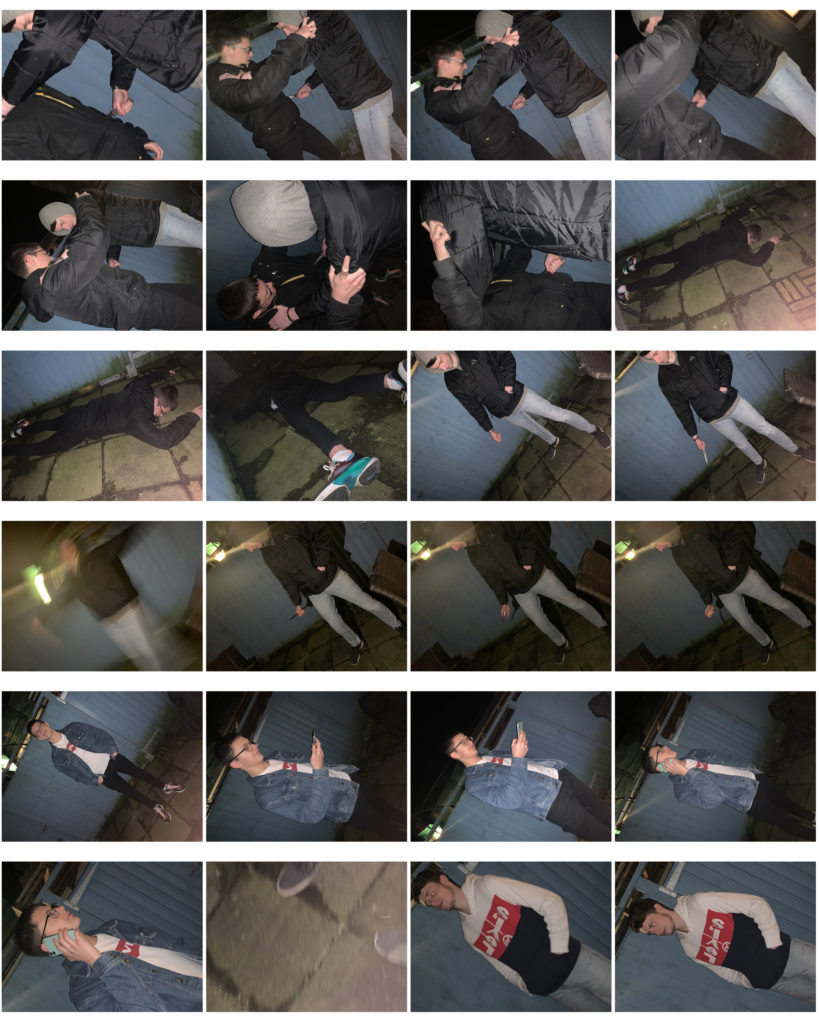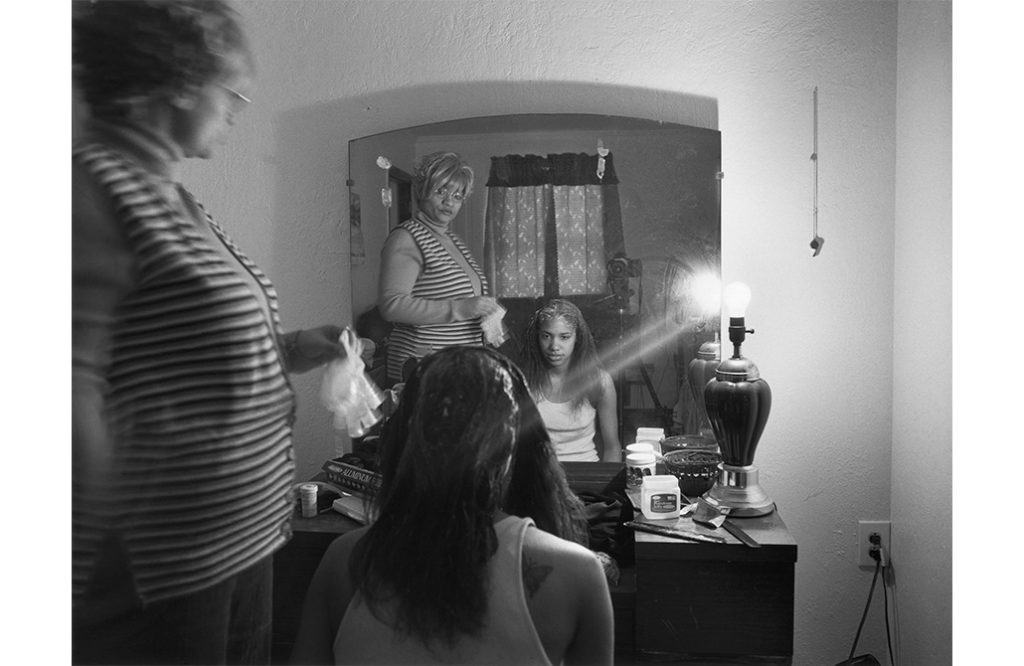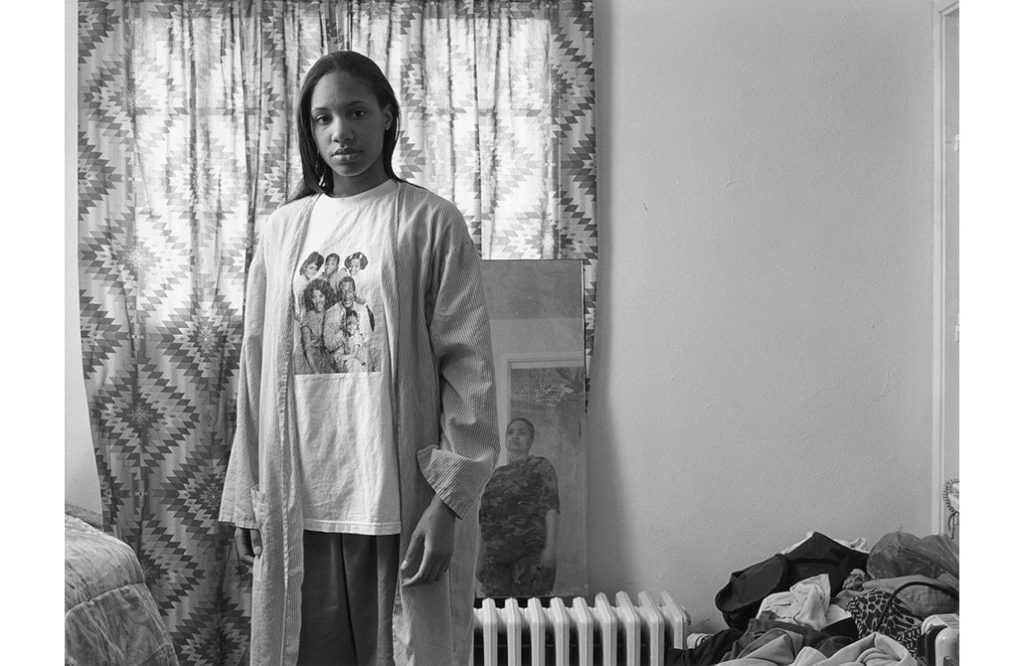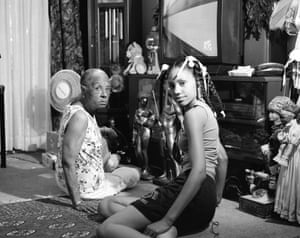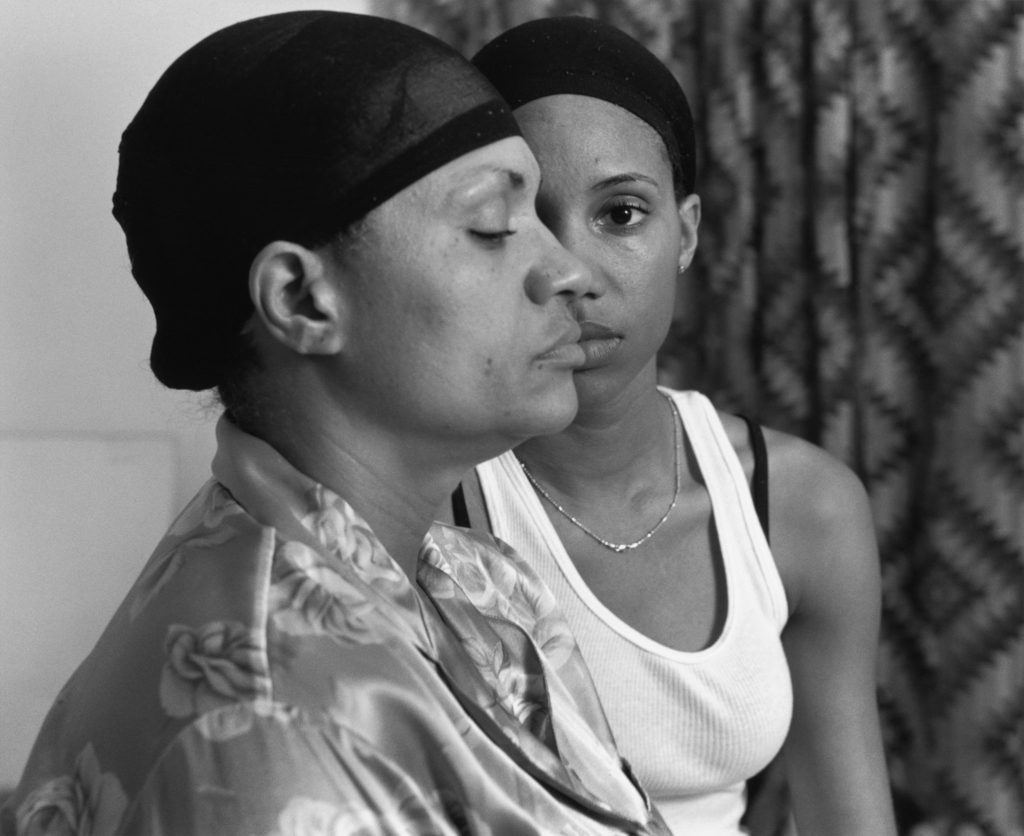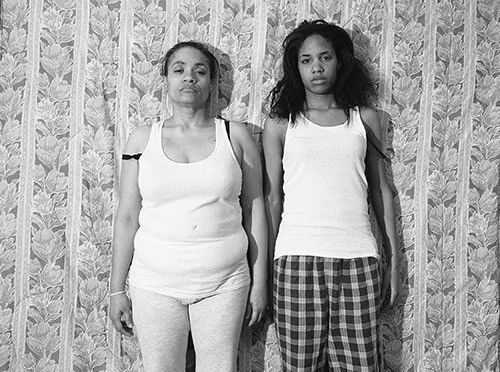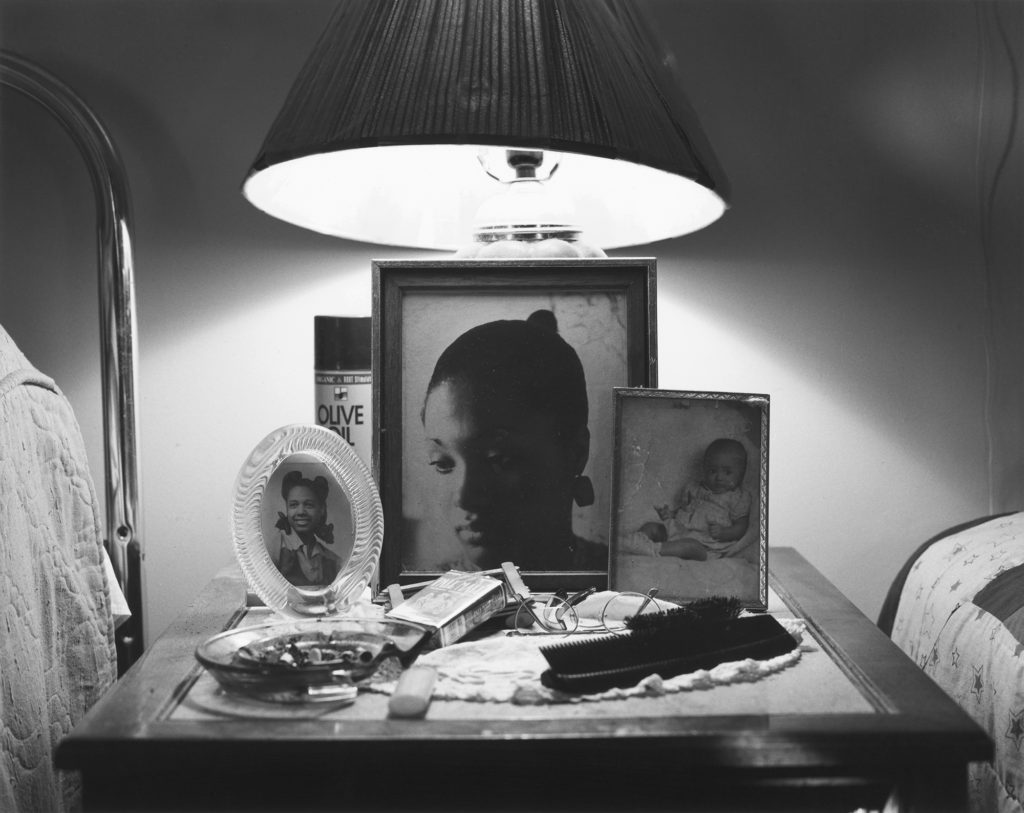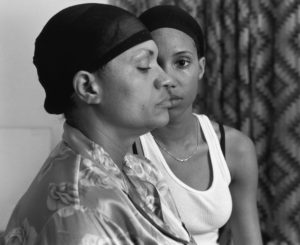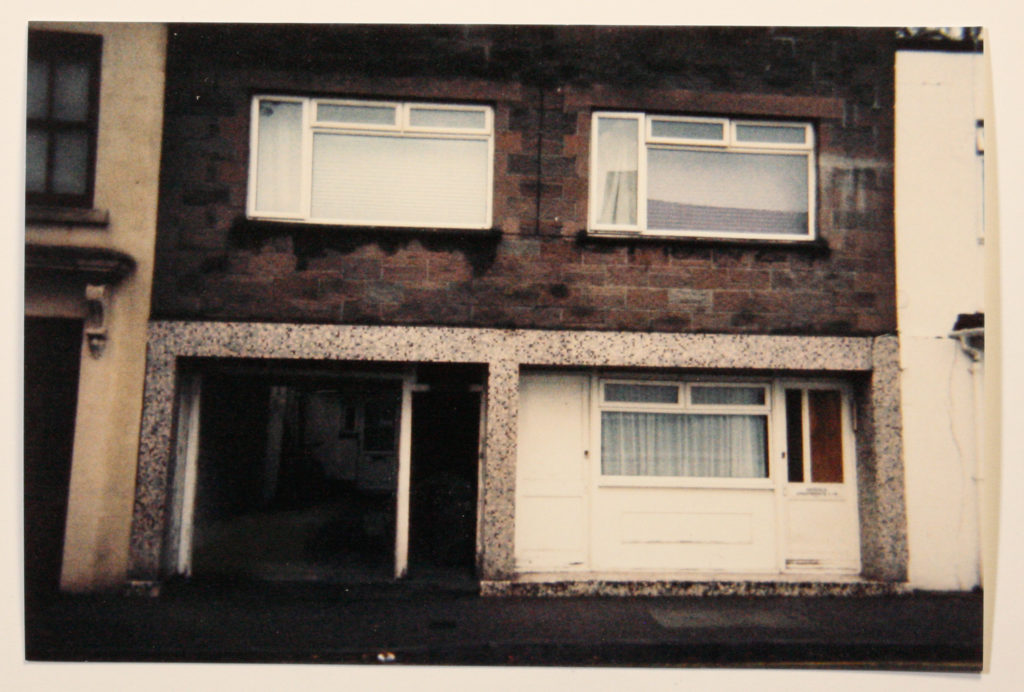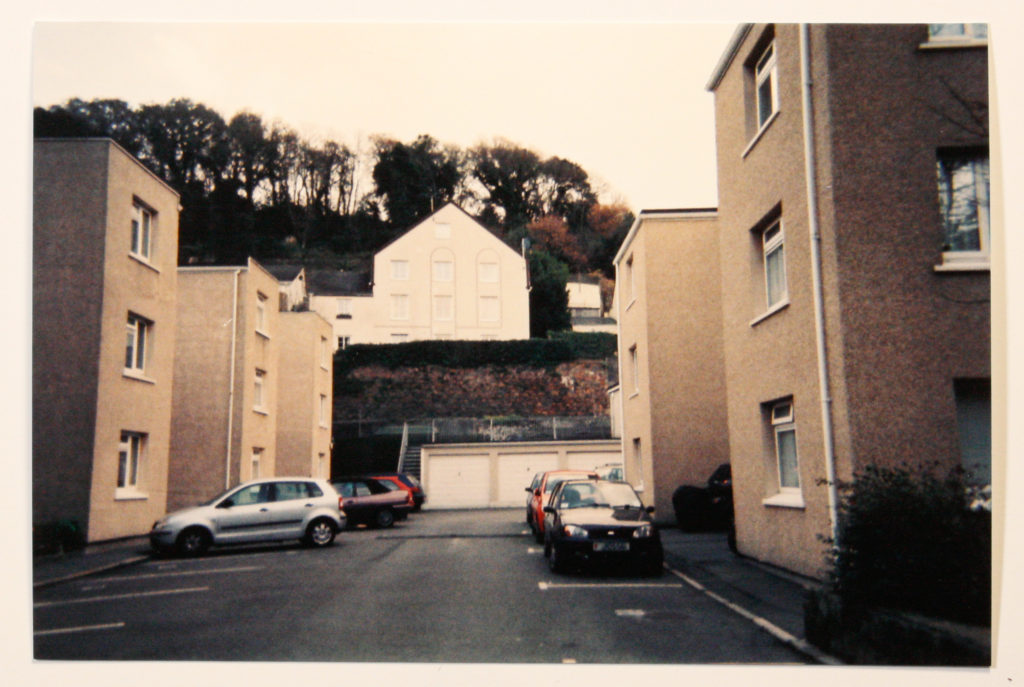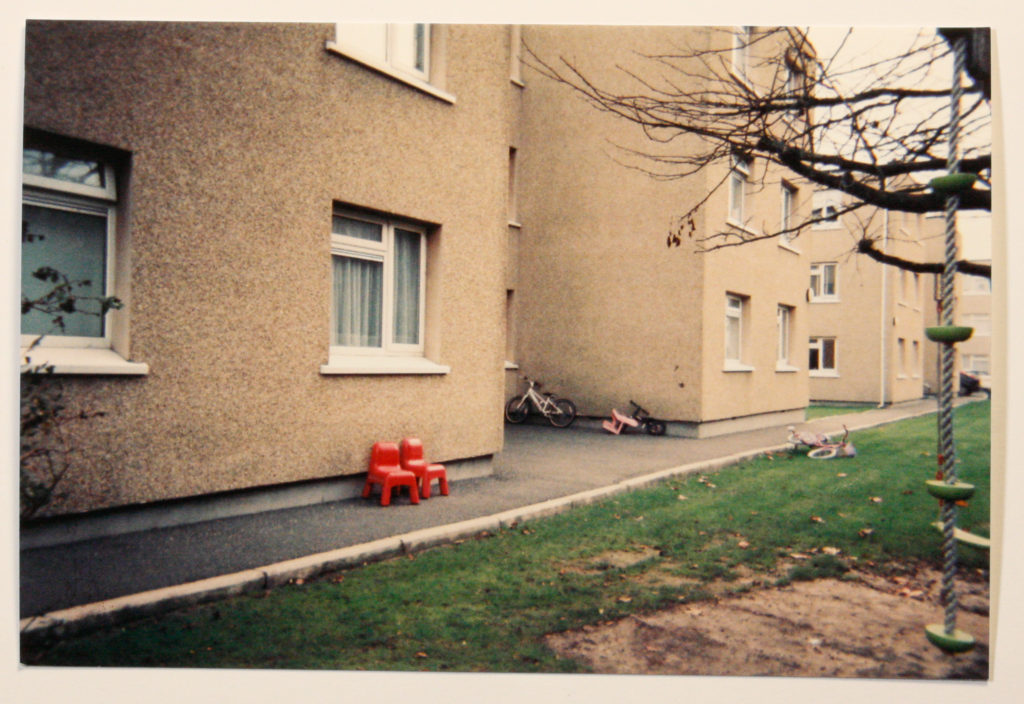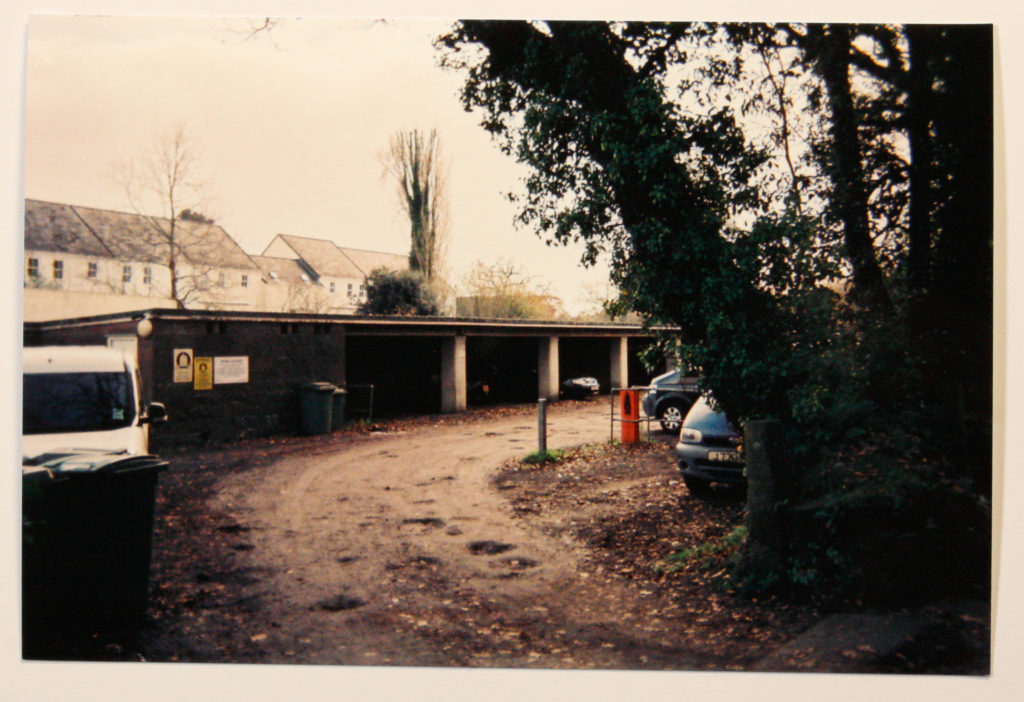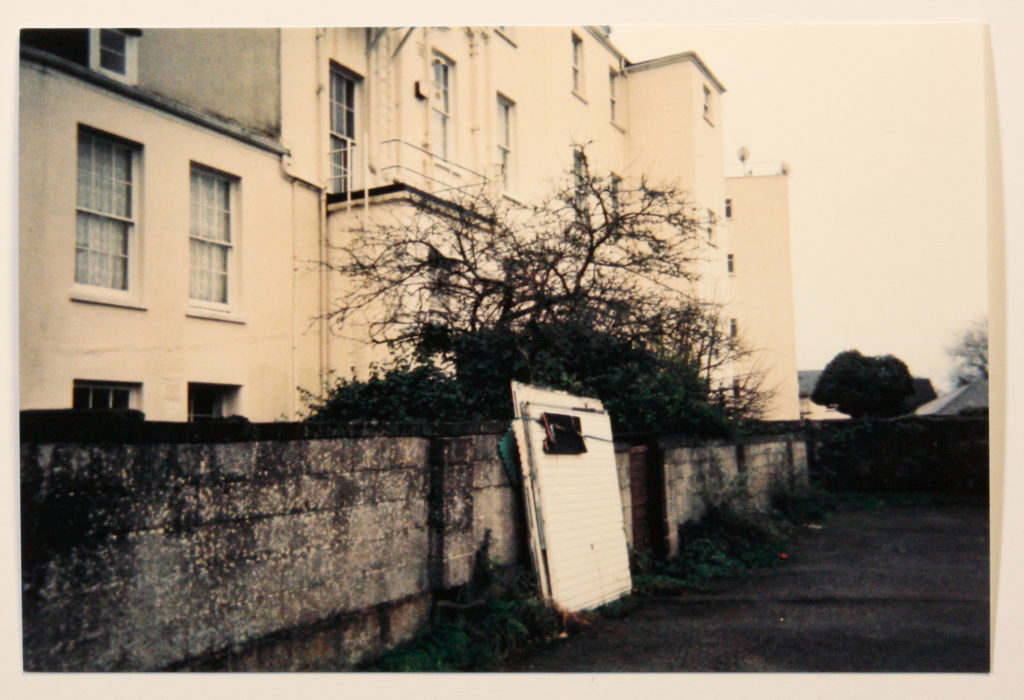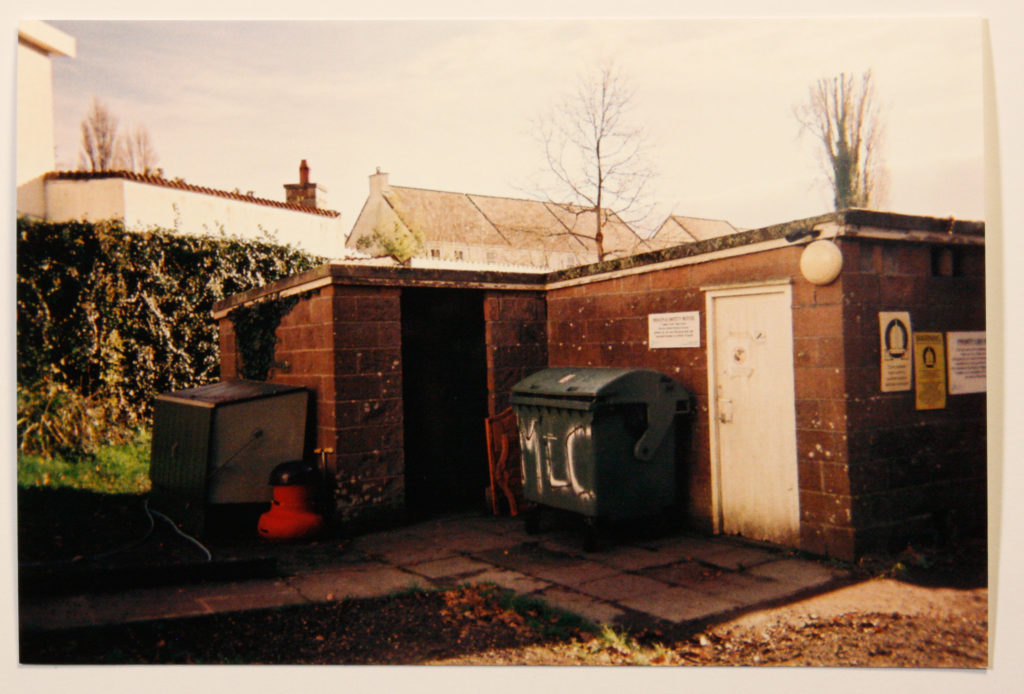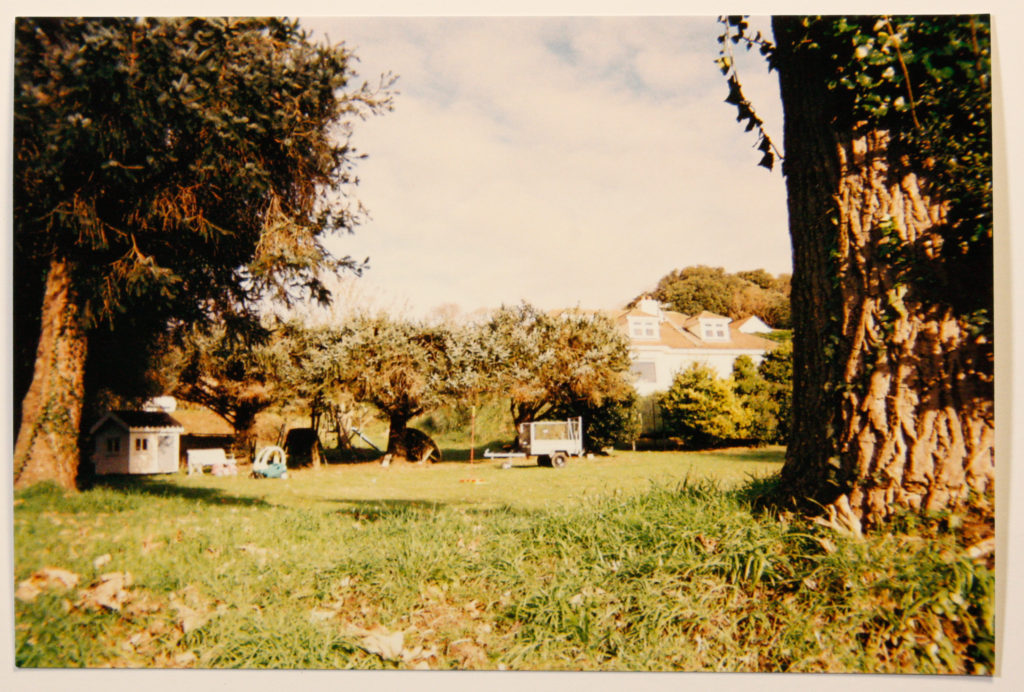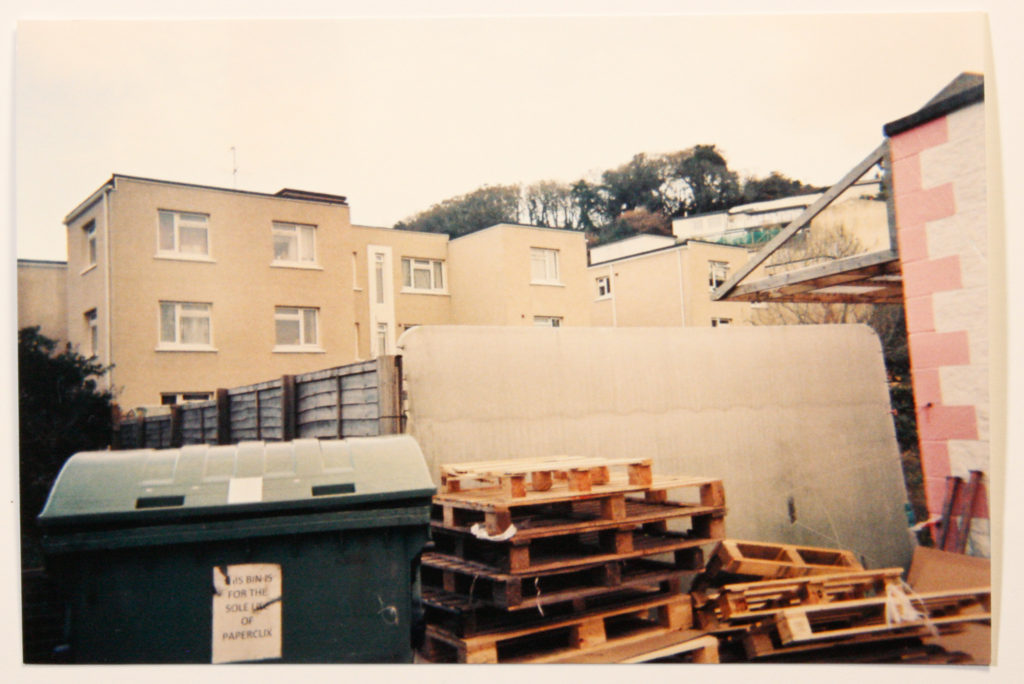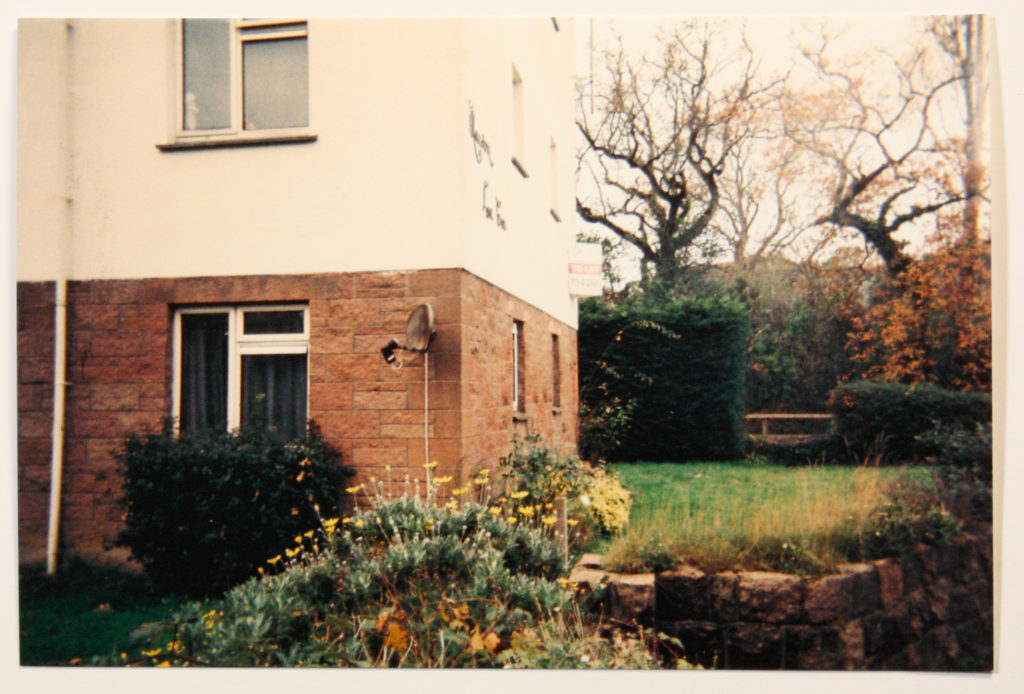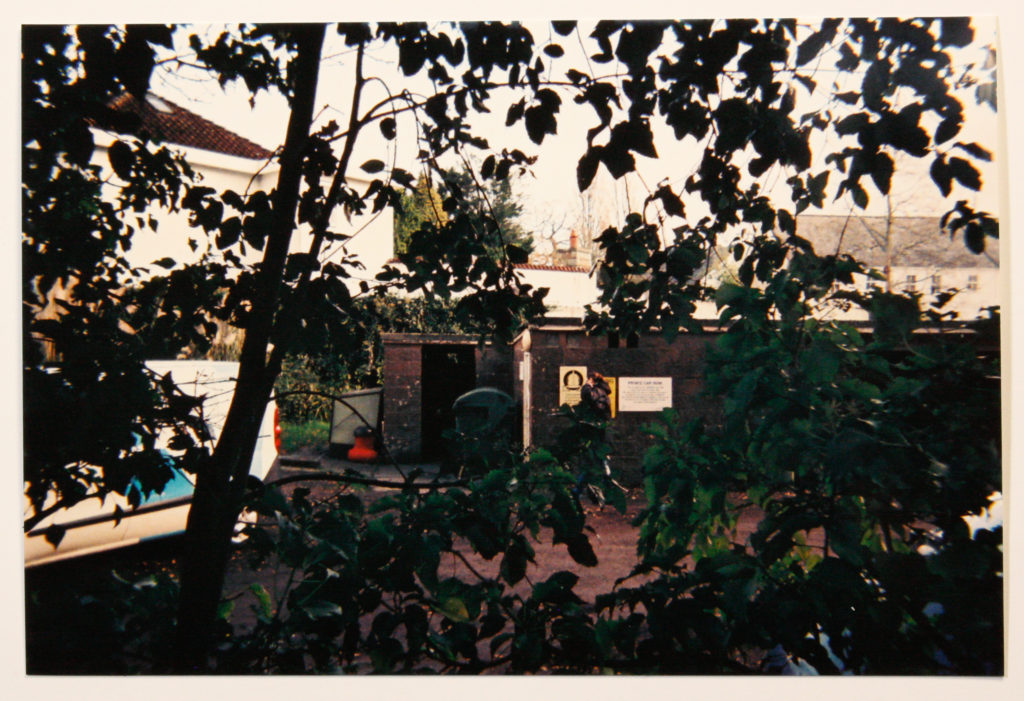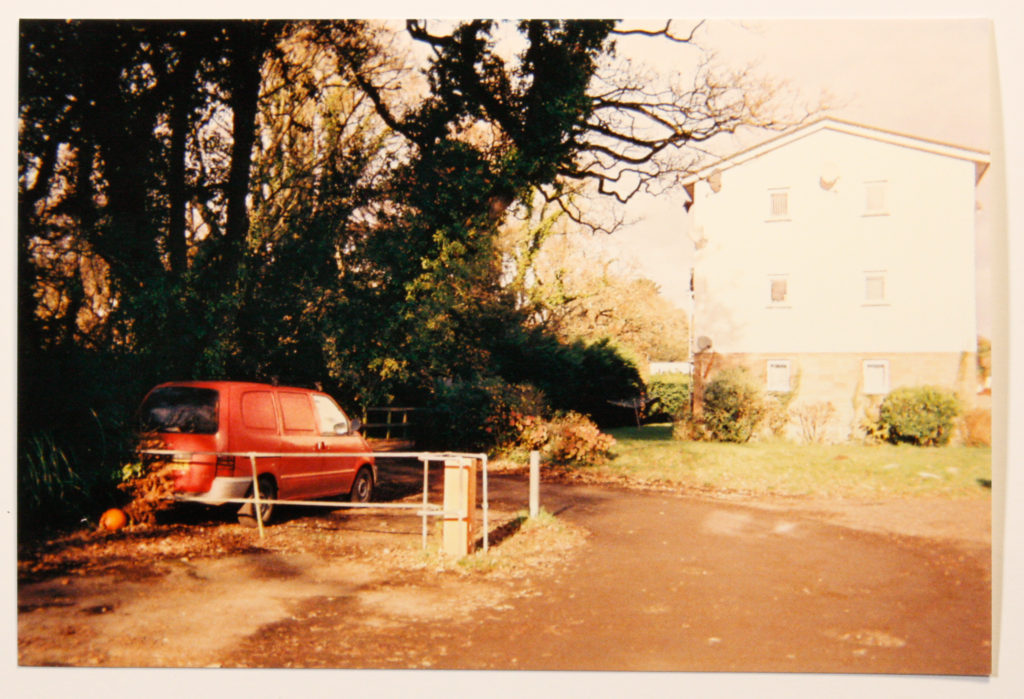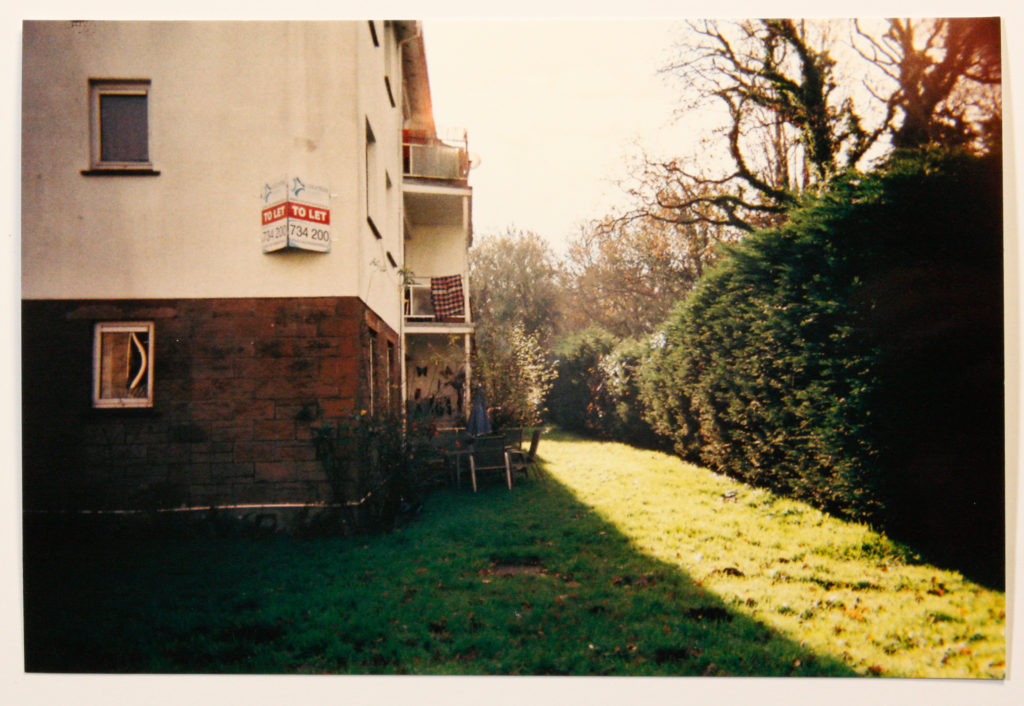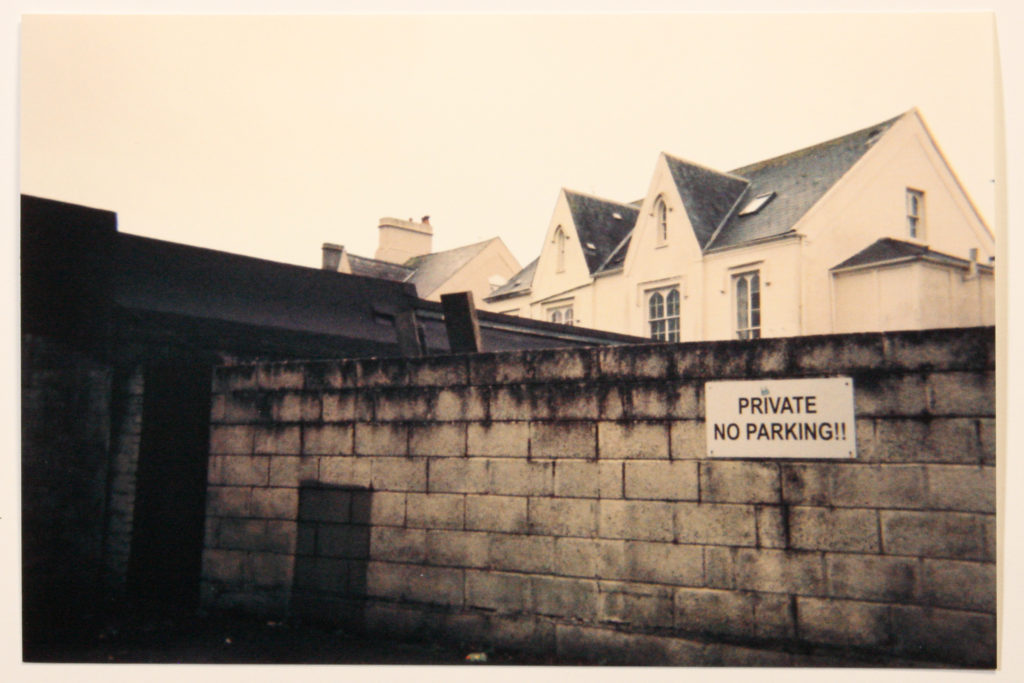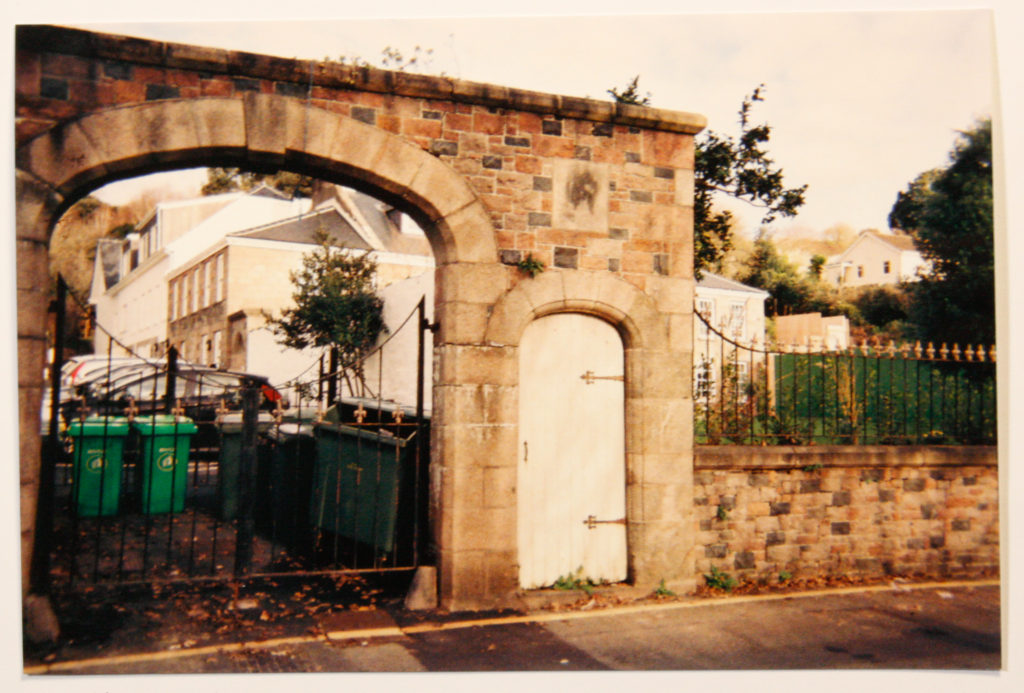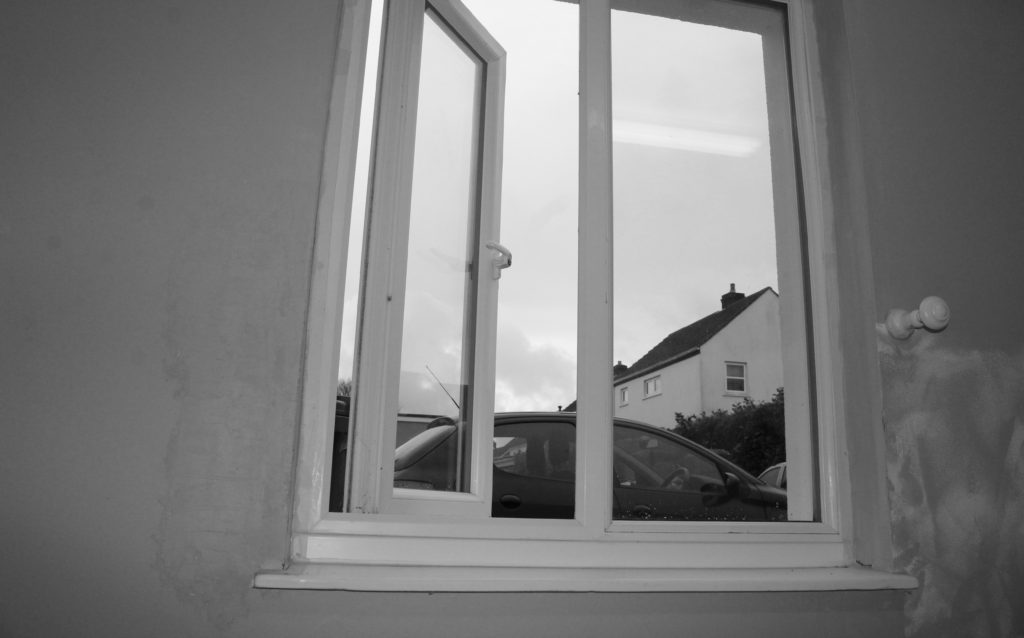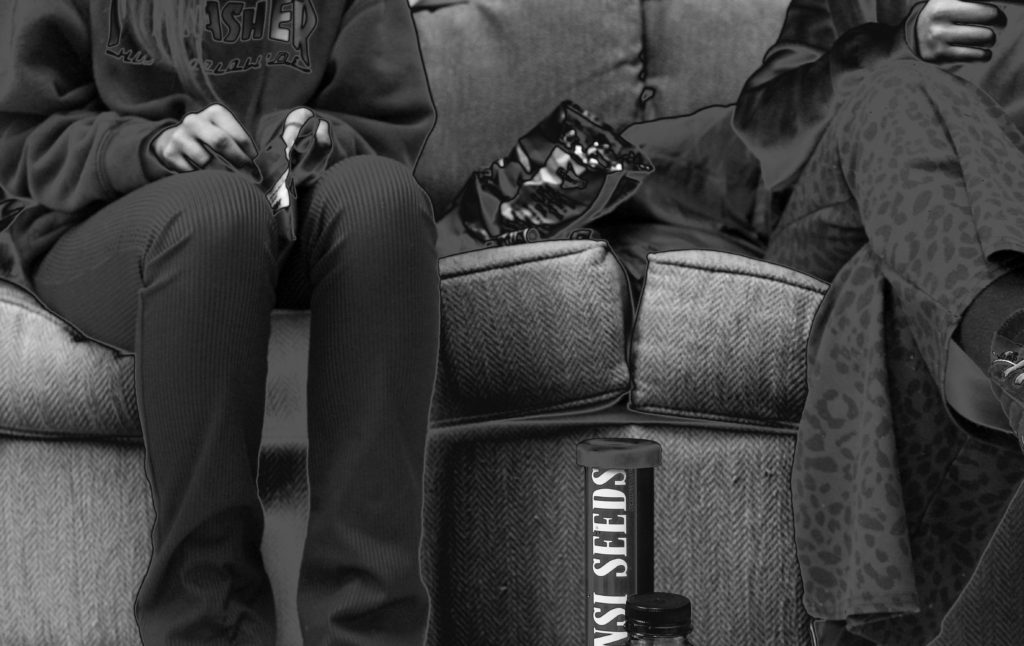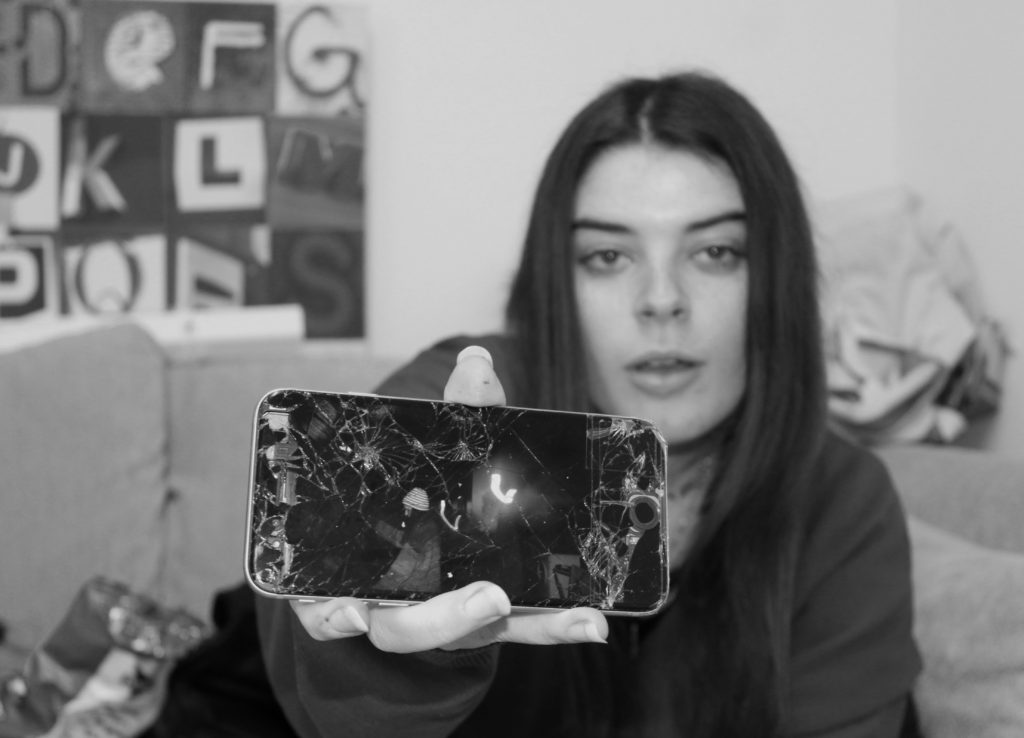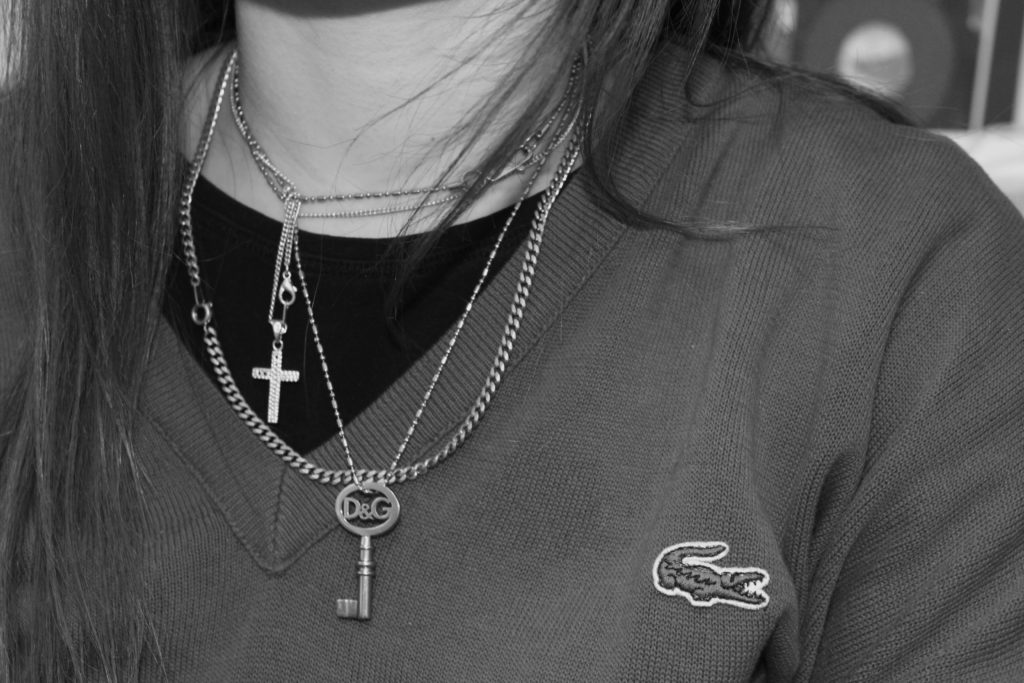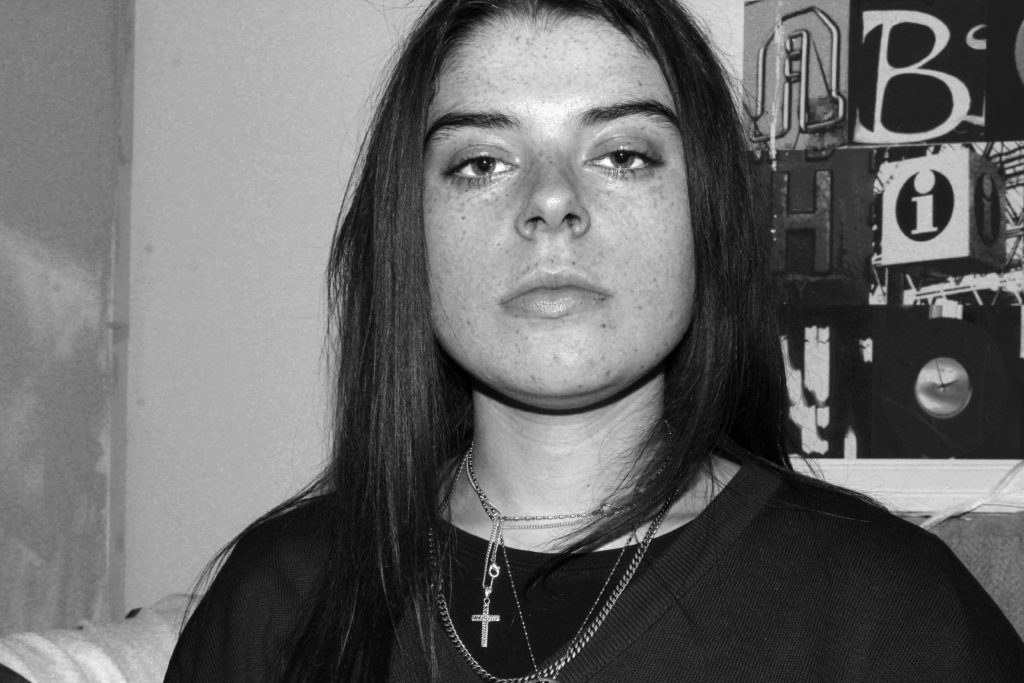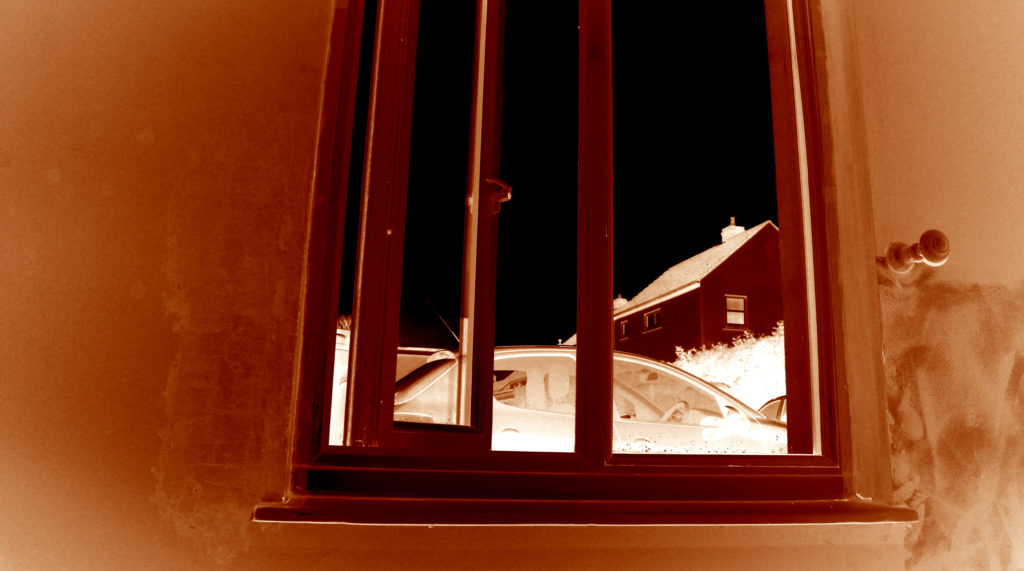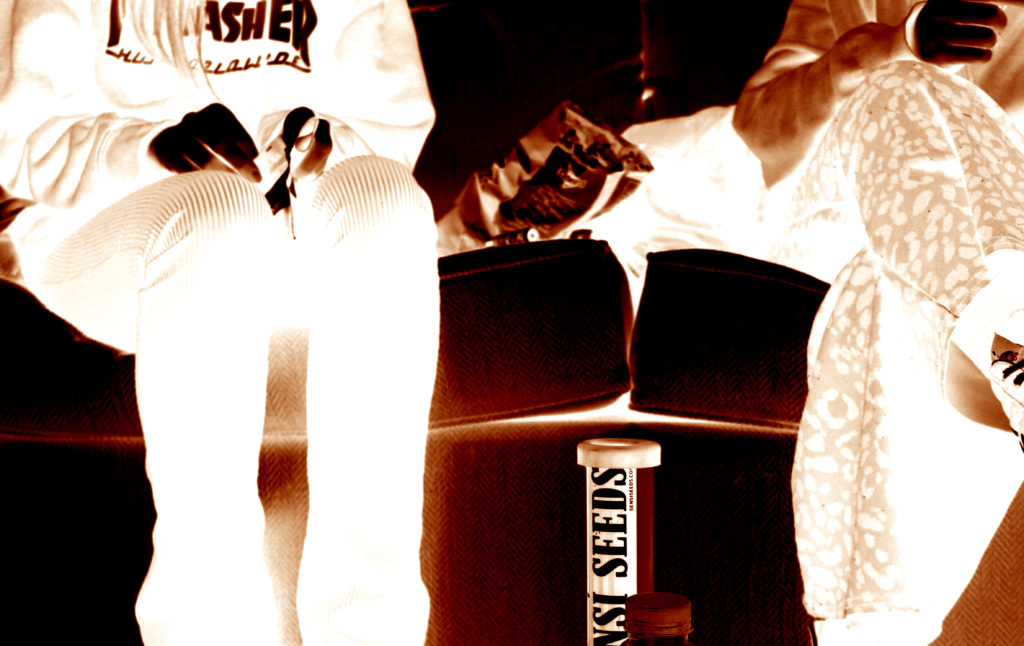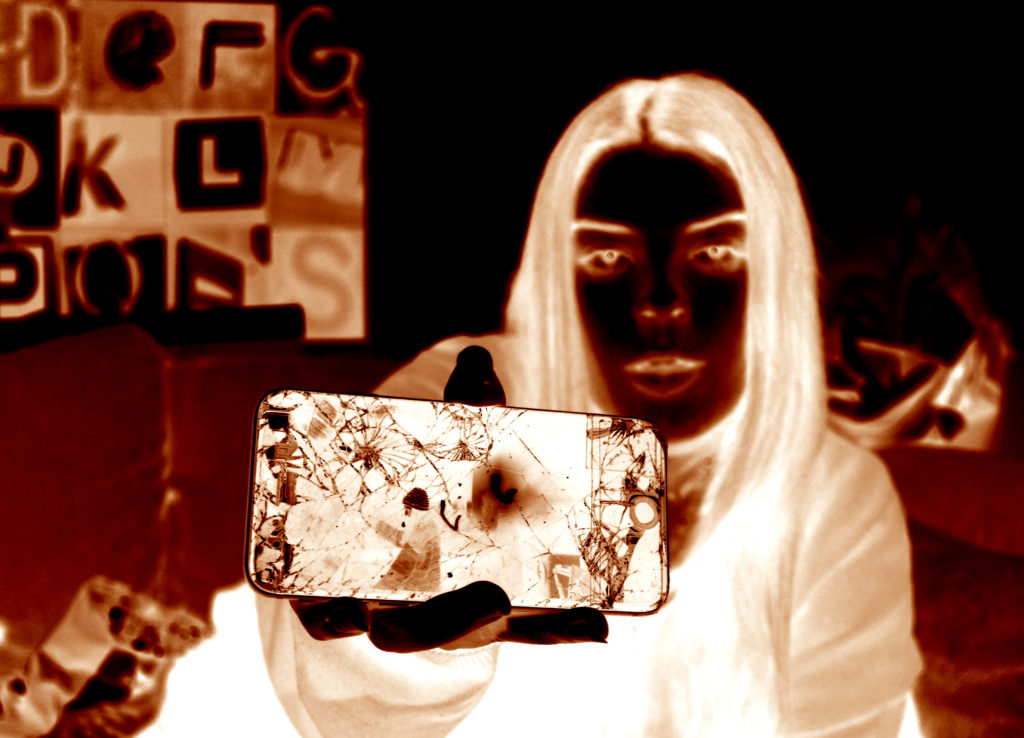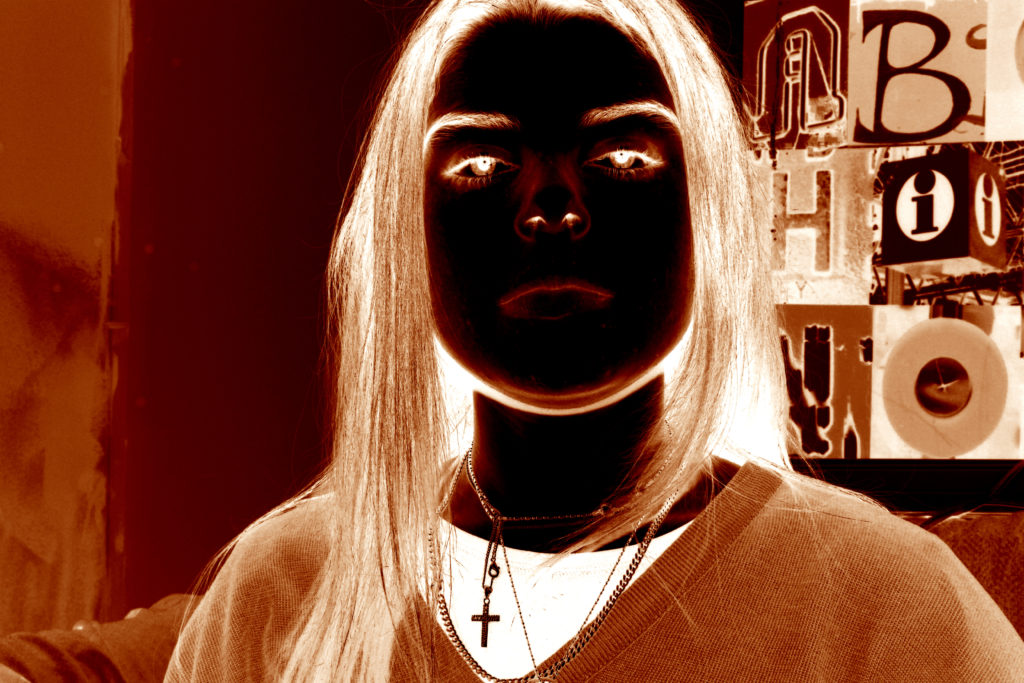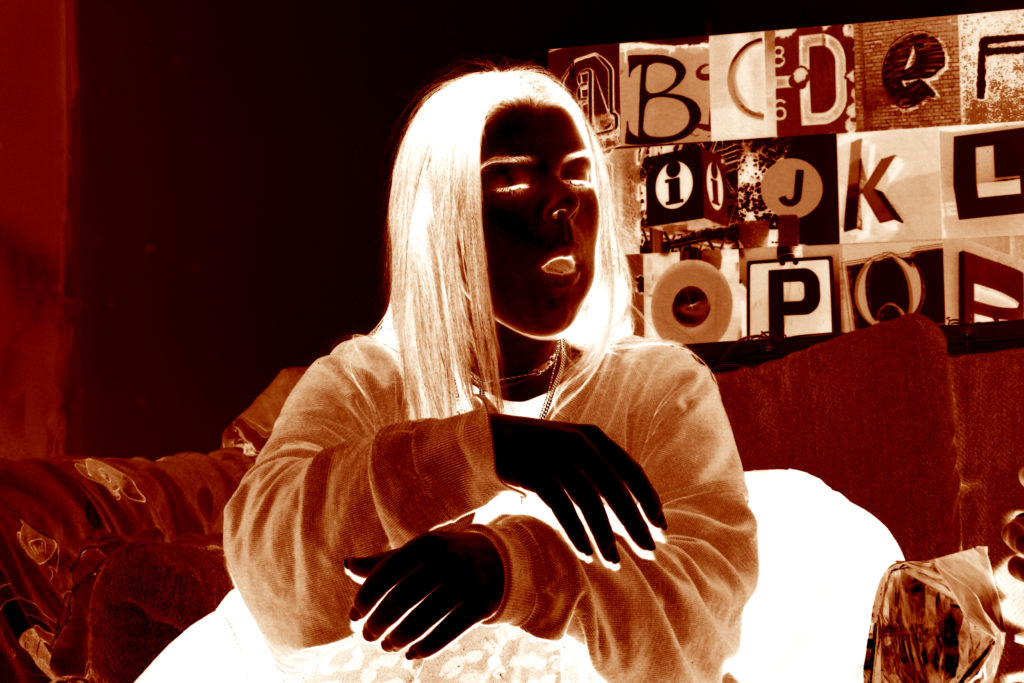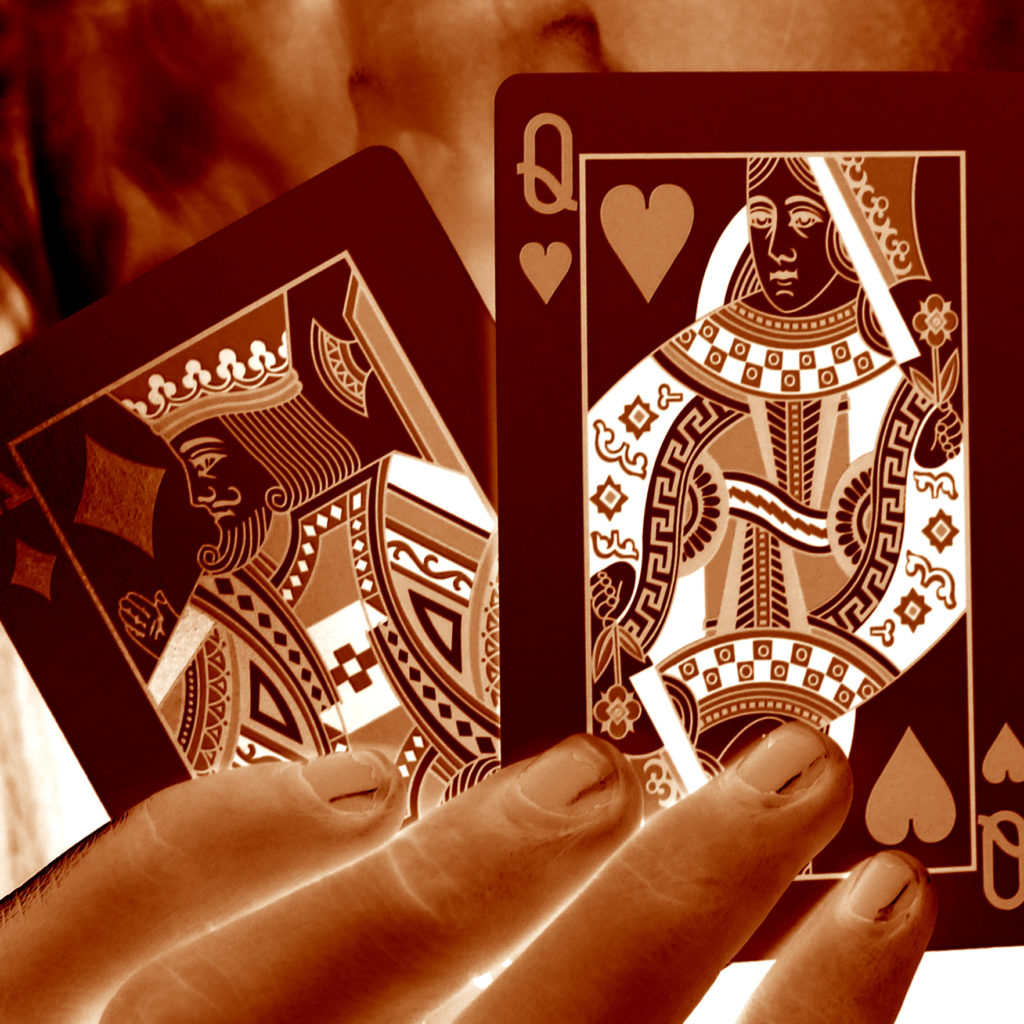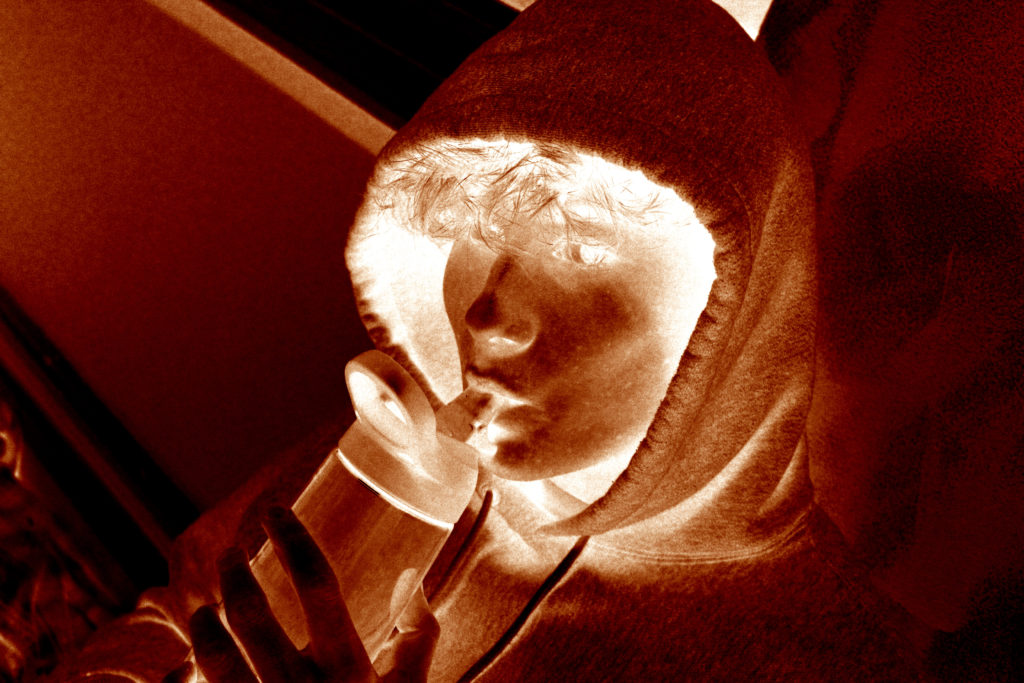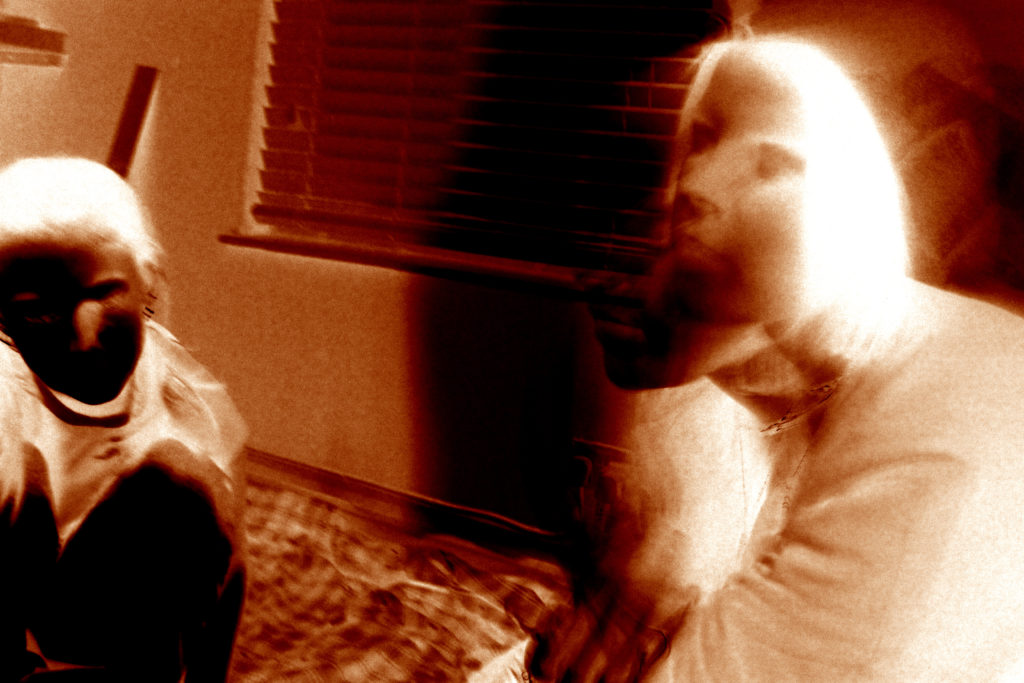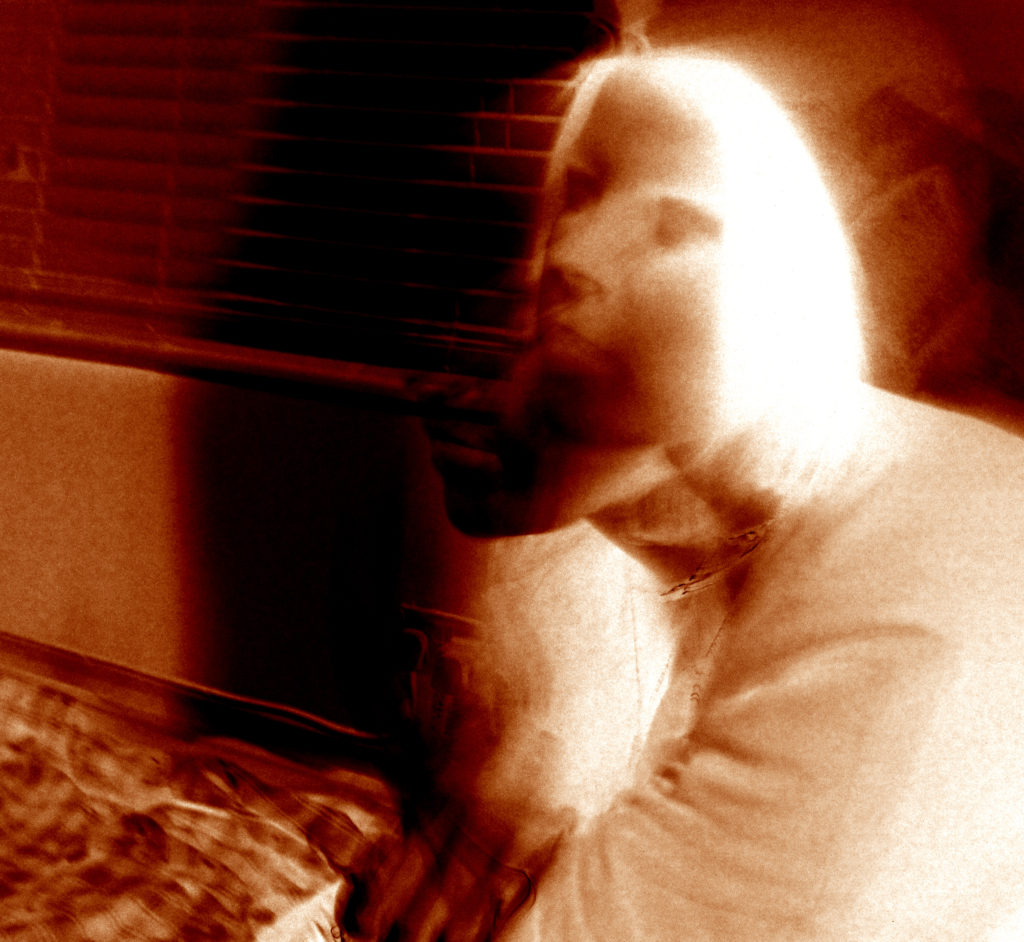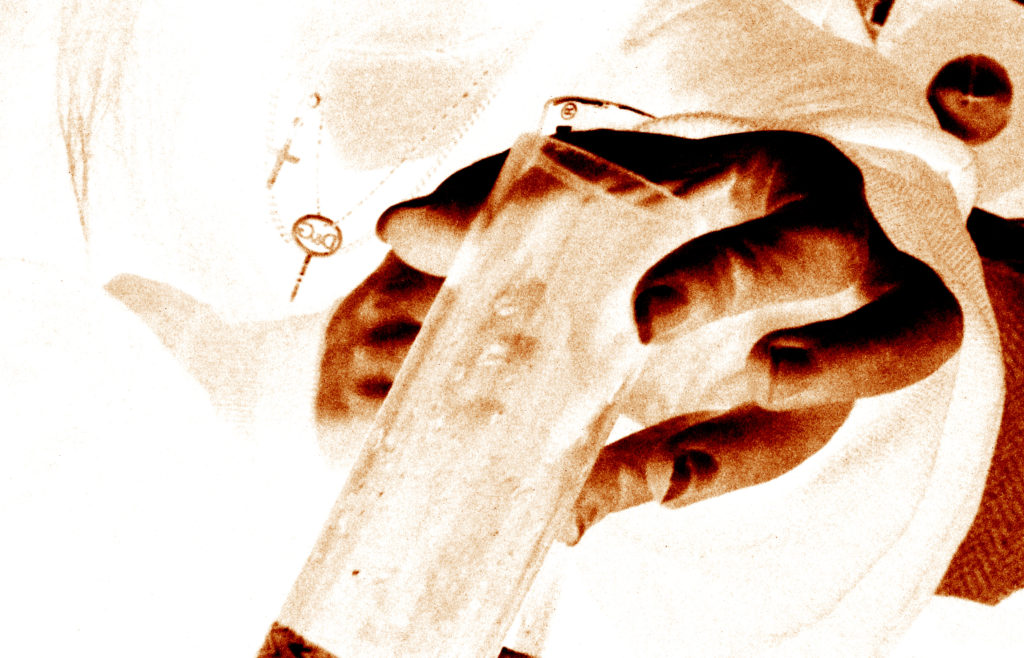Planning:
After researching LaToya Ruby Frazier, I was able to understand the way in which her conceptual representations were presented within her imagery. Using this techniques of capturing naturalistic portraits in order to portray lifestyle, I conducted a photoshoot with my grandparents. At the beginning of the session I explained the purpose of the shoot and informed them that I would be following them around as they live out their everyday lives, emphasising the importance of them sticking to their true personality to accurately representing their lifestyle as I followed them around. The shoot was conducted during the middle of the afternoon which meant daylight was beginning to become darker, which forced me to increase my aperture in order to let enough light into, for the frame to clearly illustrate their lifestyle. The camera settings were kept basic, quick shutter speed, middle – high ISO and aperture of around f/5.6 in order to capture the imagery.
Conceptually, I wanted to convey my grandparents lifestyle and how their upbringing and past has influenced their life. For example, I focused on capturing the idea of my grandma being a house wife, while my grandad provided and worked for the family. I also wanted to represent the ideology of economic status and the way in which their financial situation has influenced their lifestyle which they thought were large influencing factors during my interview with them. Due to them being financially stable, it has allowed for them to have luxury habits, such as owning a large house, being able to afford expensive furniture and being able to retire early. These factors I tried to portray through my imagery, as well as recreate and produce imagery which follows the same stylistic features of Frazier.
Edits:

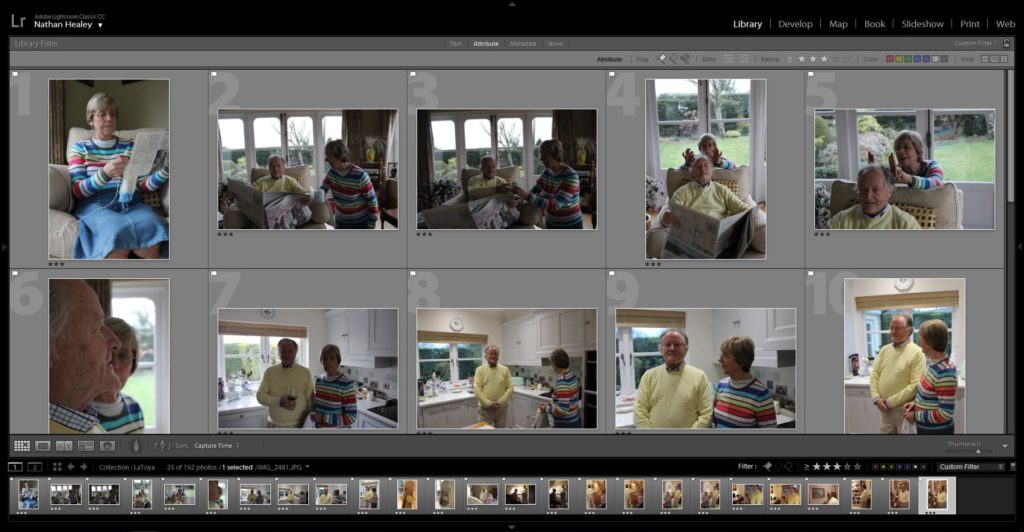
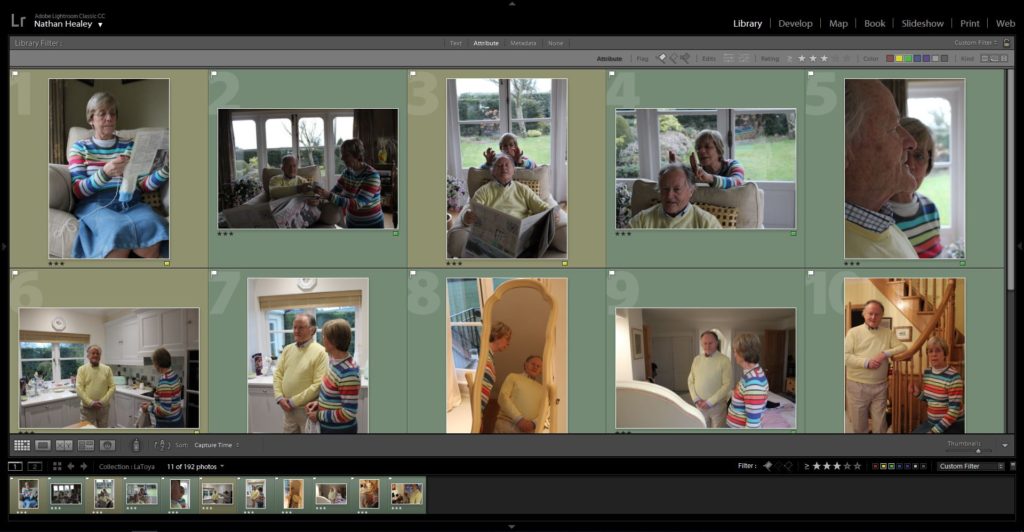
Outcomes:
When producing the outcomes from this photo shoot, I wanted to keep them simplistic and authentic, in order to clearly and accurately illustrate the lifestyle they live. Due to Frazier’s work mainly being in black and white, lead most of my outcomes to be showcased in black and white, in order to create close connections between mine and my artists work. However, with two of the images I decided to leave them in colour, as they best suited being presented in colour, due to them having a more authentic persona towards them which meant that the colour allowed for reality to accurately be portrayed within the imagery.

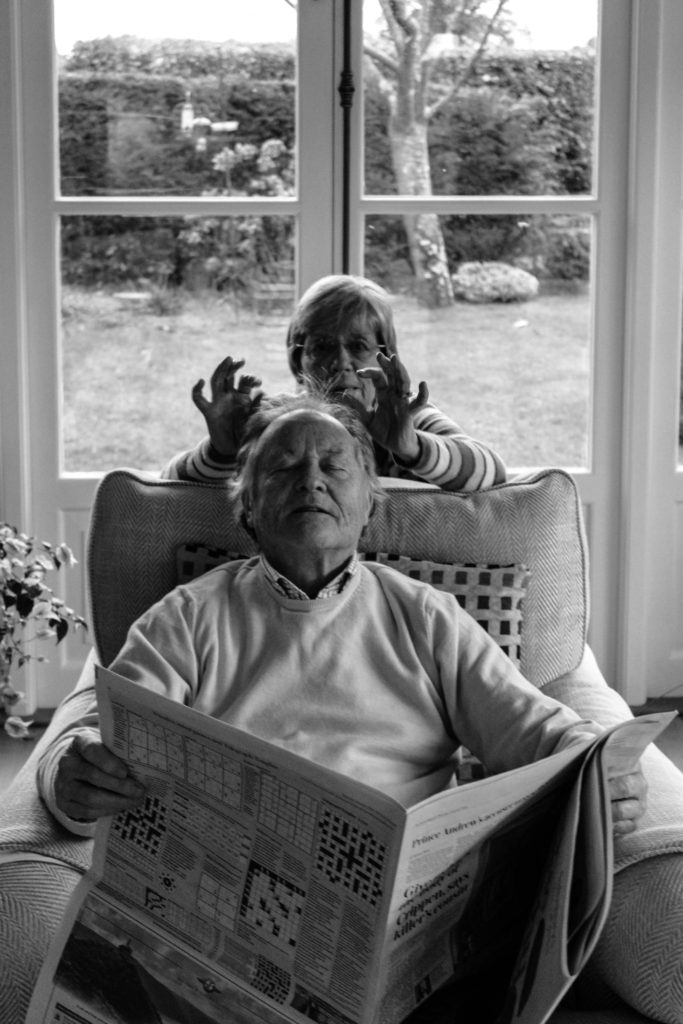
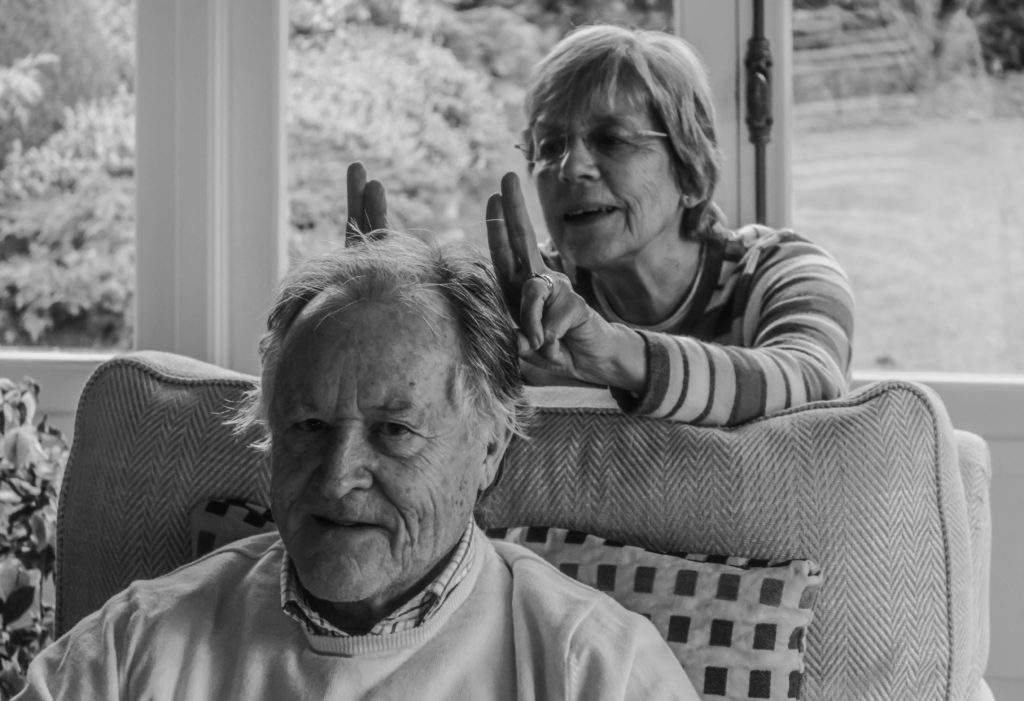
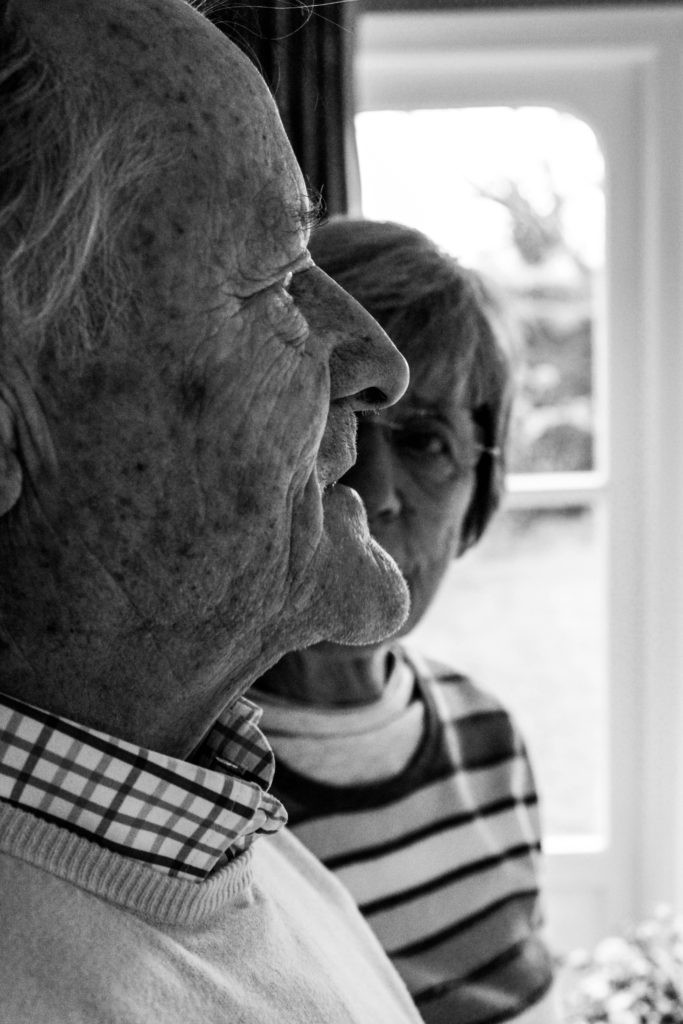
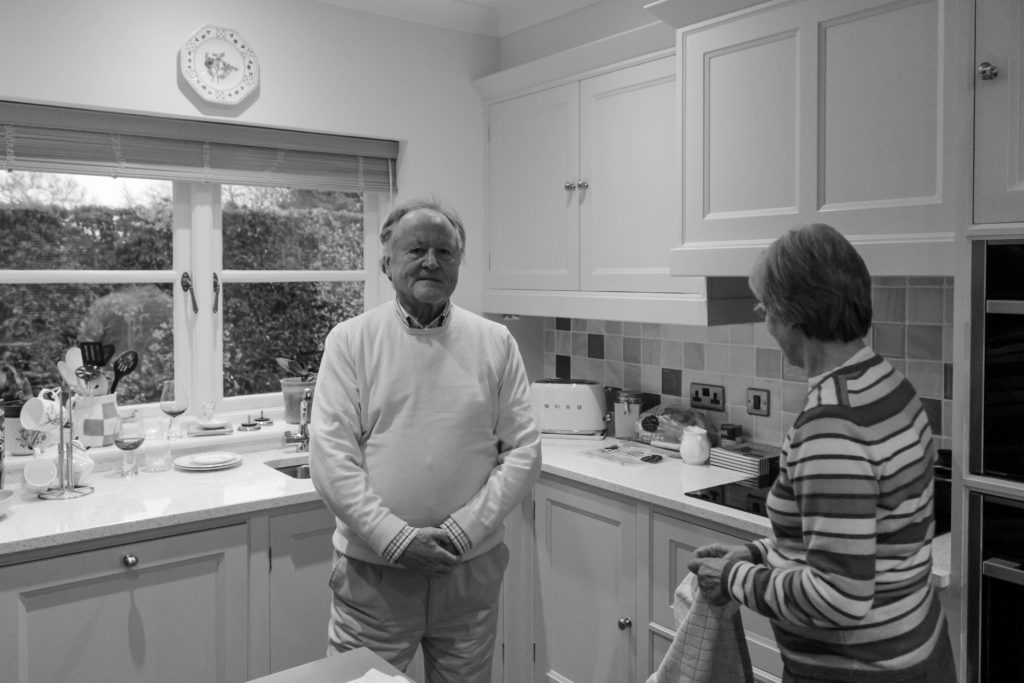

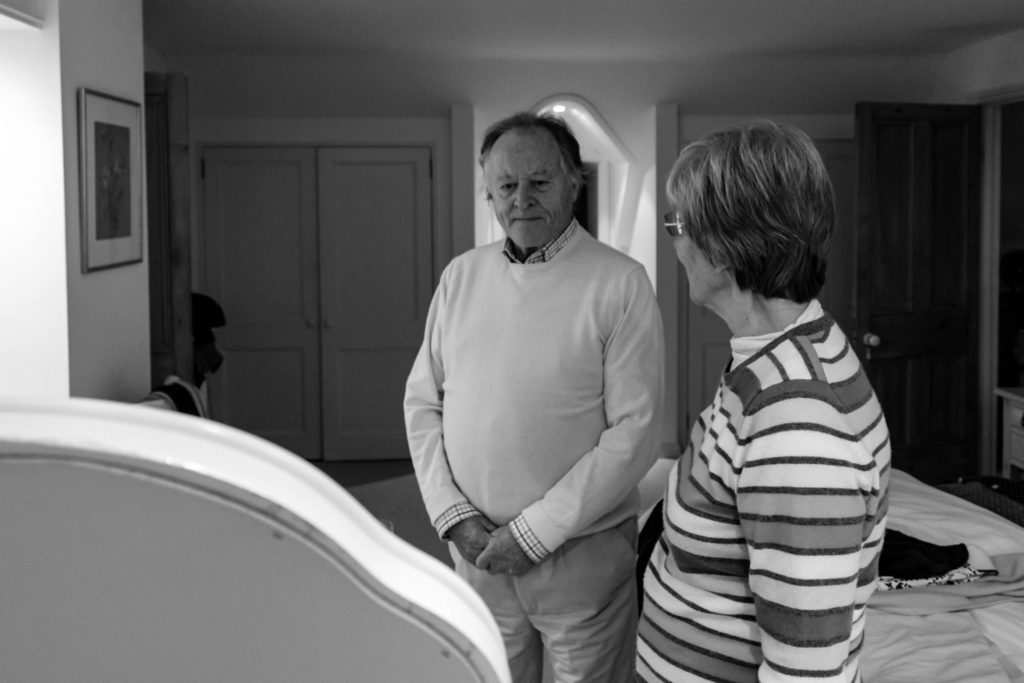

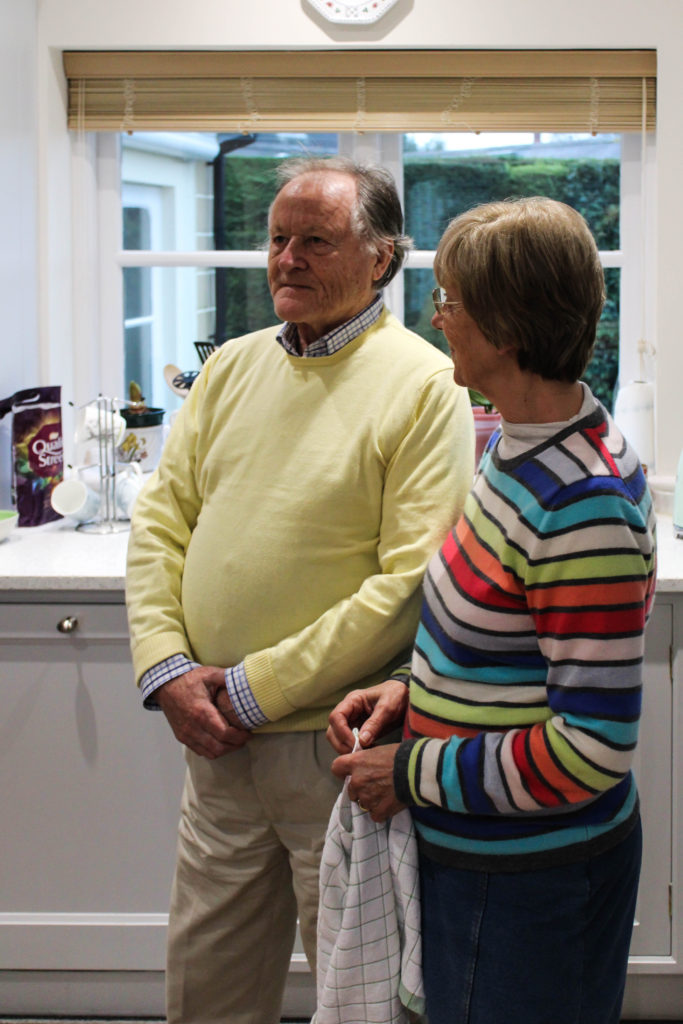

Analysis / Comparison:
The image below (Frazier’s) is the photograph which I felt held strong conceptual representation, and wanted to recreate within my work to present different concepts in relation to the subjects I was capturing. The two images follow similar composition, by having a subject present in the foreground and background looking in different directions, with a narrow depth of field being utilised. Both photographs are being presented in black and white, with the detail and structure being high, but the smoothness of the imagery and noise being low, likely done through camera settings with editing complimenting these values. Both photographs show clear focus to the formal elements of space, tone and texture which is clearly presented from the proxemics, clothes and basic background. Another similarity between the two is through the camera settings used in order to capture these images, due to them being alike, it suggests that I used similar settings The lighting used would have been artificial through studio lighting and lighting readily found in that room. The light source is soft and can be considered cold, which illustrates the brutality of this reality and how it has negatively impacted the families life. This works well with the low ISO which is used as no intended noise is being presented within the imagery. As well as the white balance being accurately set to an in door setting allowing for clear colour correction, illuminating the tonal contrast within the frame. In addition to this, the shutter speed is kept to a quick capture as there is no movement or intended blur within the frame of the photograph, which helps to compliment the ISO setting used.
The main difference between the two images are the conceptual representation. Frazier wanted to showcase how herself and her family are being treated as invisible due to their race, presenting political power and situation in their suburb in Braddock. It also illustrates their lifestyle and poverty through the perspective of herself, mum and grandmother, this concept is further explained in my artist research on a previous blog post. Personally, I wanted to convey the social situation which was common in the 1940’s and still present in my grandparents lifestyle today, gender roles. Having my grandad being in the front of the frame well dressed up shows he is the authoritative figure who provides for the household, having my grandmother in the back suggests her submissiveness and willingness to follow instructions from her husband, although this may be considered a bad thing, to them it is normality which they both enjoy.

My Photograph 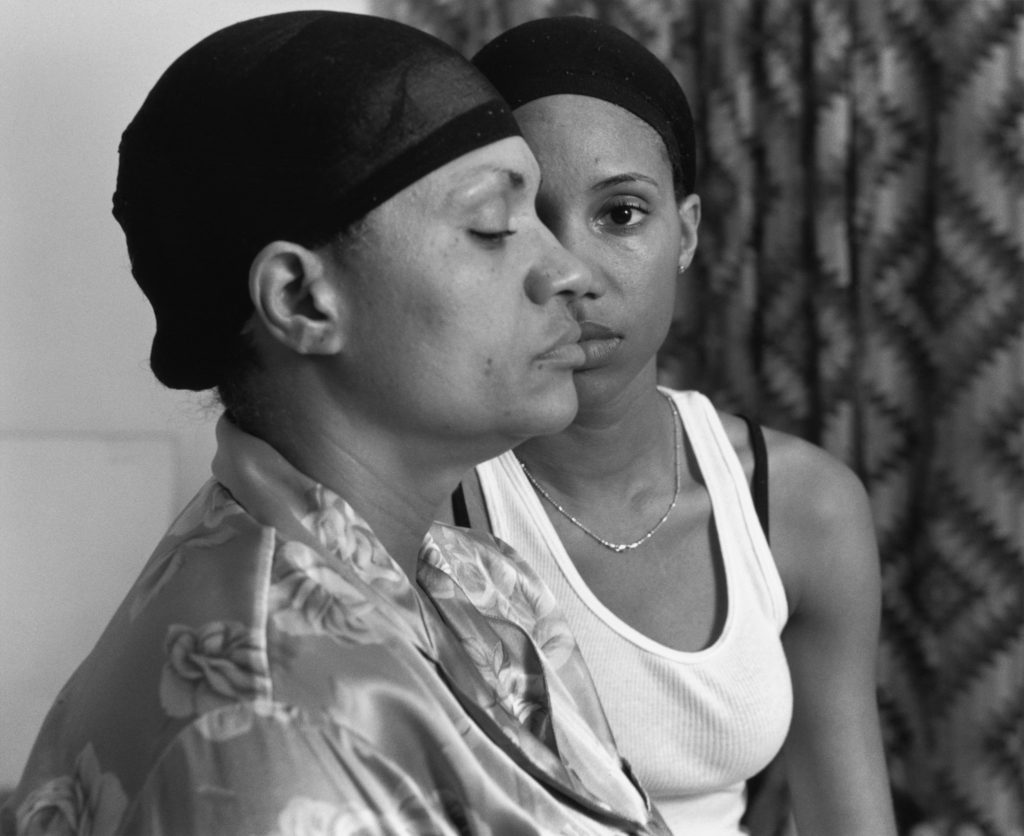
Latoya Ruby Frazier
Conclusion:
In conclusion, I believe that the imagery produced shows close relationships with Fraziers imagery, through the sense of composition and the ideology that we have both conveyed lifestyle in a similar way. With close regards to the final imagery produced, I believe that the photographs shows my ability to capture detailed portraits, which have clear focus and show my ability to produce a strong composition, which compliments the simplistic edits. In addition, I have been able to provide evidence my reinforces my ability to use Lightroom effectively to produce strong imagery.

